|
Sit down, kids. It's time for a cautionary tale. Do NOT buy a game on Steam just because it's on sale for $1 and you think it looks cool. Read reviews first. Watch gameplay videos first. Look it up online first. I didn't do any of those things before I bought Apartment 666, and look at where I am now. I'll never get back the 30 minutes I wasted playing through this game or the $0.99 I paid to download it. Truly, it's the tragedy of our time. Alright, let's break this train wreck of a game down. It's basically a "horror" walking simulator. Picture PT but really shitty and made by a 14 year old. That's Apartment 666. The layout of the apartment looks almost the same as PT, as well; just a right angle. You play as a 12 year old kid who can't find his parents in an apartment full of locked doors. When you get to the door at the end of the hallway, you end up in your bedroom again. Repeat this about 50 times, and that's the game. There's a little more to it than that, but it all pretty much involves the two doors on either end of the damn hallway. Every now and then one of the doors along the hallway will open. You'll usually have some newspaper clipping to read or some obscure and infuriatingly specific spot you have to stand on to trigger the door to unlock (because of course it closed behind you on its own). The latter is the part that really killed it for me. There's one particular part where you're in a "storage room" (although that's TOTALLY a casting couch and the kid just had no idea what his dad did for fun when he and his mom weren't home), and to unlock the door, there's a VERY specific spot in front of the couch that you have to stand on. It took me 10 minutes to figure that out; that's a third of the time I spent playing the damn game. The next problem is the voice acting. Jesus Christ, the voice acting. I legitimately think the developer got his 12 year old kid cousin to read lines from a hastily written script one afternoon and called it a done job in one take. They're not even well written. It's crap like "I wonder where my mom and my dad are," "I knew that this was a bad idea..." and "I am back in my room again?" The kind of shit that sure, you might think in that situation but that even protagonists don't often say aloud, and protagonists never say them in that silted a manner. The dialogue is stiffer than a middle school boy spying on his 16 year old sister's sleepover. Also - and here's the kicker with functionality - the game has three achievements, and one of them is bugged. All three of them are story achievements; start the game, get like 10% through the game, and finish the game. The "finish the game" achievement is bugged and won't unlock. The dev says "Look, 2% of people have unlocked it! It works!" and we're all like "Bro, you've got a 15 minute game, and you're telling me that only 2% of people who start it finish it?" All of this in spite of the fact that there are dozens of people on the Steam discussions saying "Hey, I finished it, and it's still bugged." Apartment 666 is fucking garbage, and I'm ashamed of myself for even spending $0.99 on it. The premise is interesting enough, even if it a blatant copy of PT, and it actually does manage to create a fairly creepy atmosphere early on...until its severe flaws become glaring. There's no real options menu, and your only graphical settings are to change "quality" between low, medium, and high (with absolutely no discernable difference between medium and high) and to change the resolution. No brightness setting despite severely needing one; parts of the game are so dark I literally had no idea where I was going and couldn't tell if the game had crashed or just plunged me into pitch black darkness. I almost wish the game had crashed. It sucks. Don't buy it. Go out and play Chasing Dead or rip your fingernails off with pliers before you buy this; both are infinitely more fun. My Rating - FDear god, this is possibly the best $5 I've ever spent. I was really disappointed with what I saw today when I went to check out the first day of Steam's summer sale, but this looked interesting enough, and I have a mild obsession with sharks, so I figured, "Eh, for $5, why not?" What a damn gem I found. Depth is an asymmetrical multiplayer game where one team of four plays as divers, equipped with various kinds of harpoon guns, and a team of two plays as sharks. The divers have to protect their little treasure finding robot called S.T.E.V.E. (I don't remember what it stands for; I didn't care) from vicious sharks while it goes to search for treasure. The sharks, meanwhile, have to eat the divers and damage the S.T.E.V.E. to get those pesky fleshsacks out of their home. The scoring system is a bit like Battlefield in that each side starts the game with 30 respawn tickets, and once one team's tickets are exhausted and their last member is killed, the team loses. If you're playing as a shark, rather than choosing weapons, you choose your species, and each species has different abilities. For example, Great Whites are slow but immensely powerful; makos are a little weaker but wicked fast; threshers are the weakest but the fastest, most agile, and smallest (meaning they're harder to shoot); hammerheads do extra damage to weak walls in the environment, etc. You can also either buy or unlock through earning treasure (similar to how Overwatch's loot boxes work) new skins for your sharks, although these are purely cosmetic. They add new playable species over time, and from what I can tell, they take community feedback into account when deciding what species to add by way of contests not unlike the contests Splatoon did (Cats vs. Dogs, Mustard vs. Ketchup, etc). While there's no career mode, story, or campaign so to speak, you can play solo offline with bots filling in for the other five player spots. For most people, this won't matter, but as one who thinks about whether or not a game will be playable when the multiplayer servers are offline, this is a big deal to me. That's what pisses me off about Destiny, Overwatch, and The Division and why I swore off buying anymore "online only" games like that; it will literally be unplayable in the future. It's not a big deal to most people, but the fact that I could play solo with bots is actually what tipped me over the edge and convinced me to buy it. Depth is a simple yet wildly addicting and entertaining game. The concept is interesting, and the way they balanced the teams - having the diver team have twice as many members as the shark team - is a great way to keep things fair while also keeping it from being everyone against one guy. While I wish there were some kind of career mode or progression or something with the single player, the fact that you can play solo against AI bots at all is a huge plus in my book, although this is one game I have absolutely no problem playing online despite the fact that I'm terrible at it. It's currently on sale for $5 in Steam's 2017 summer sale from a normal price of $20, but if you're one who enjoys online multiplayer and are interested in a unique asymmetrical game, I'd say that even with the full sticker price, it's worth it. My Rating - BLadies and gentlemen, welcome to my childhood. 3DO's ill-fated and frankly mediocre Army Men series was the backbone of my video game entertainment as a child. Sure, I played a lot of games, but until middle school, none caught my attention and fascination as much as Army Men, and it all started with this 1998 PC release. The premise of Army Men is the same basic story that filled every child's mind when he or she played with plastic army men as a kid - the Green Nation and the Tan Nation are bitter enemies fighting a war spanning multiple fronts. In this first game, you're introduce to four factions - the Green Army, the protagonist nation; the Tan Army, the antagonist nation; the Grey Army, third faction at war with both the Green and the Tan; and the Blue Army, a seemingly neutral faction that aids whatever country pays for their espionage services. Although the role of the Blue and especially Grey armies isn't clarified much in the first game, the impression I get is that the Grey Nation just kind of got pulled into the war as fighting between the Green and Tan spilled over into their territory; towards the end of a game, you fight in a town in which a retired Grey colonel resides. The game consists of three campaigns. You begin on the desert western front repelling the initial Tan invasion where you learn about a mysterious three-part "key" to a secret Tan super weapon. After acquiring the first part of the key, you learn from a Blue spy that the Tan are keeping the second key component at a mountain base on the northern front. After a few daring missions to rescue Green POWs, you acquire the key and learn from one of the prisoners you freed that the Grey Army is in possession of the third key piece in the bayou region which is engulfed in a fierce three-way fight on the southern front between Green, Tan, and Grey forces. After attacking the Grey base where the key piece is being stored, you help evacuate a Grey defector - the retired colonel I mentioned earlier - in exchange for information on the location of the ancient "portal" that this key unlocks. Obviously I have a deep love for this game, but in all fairness, it's not an especially "good" game. Visually it definitely shows its age, and the sound design is pretty atrocious. The sound effects themselves are okay, but the voice acting is really bad (and there's not FMV to make it "so bad it's good"), and the music is truly horrific. Each campaign location has its own ten second clip that is repeated endlessly. The desert is by far the worst since it's literally just a simple slow tempo snare drum beat. Ten seconds of it. Repeated endlessly. The controls also take some getting used to. Unless you're navigating menus, calling in an air strike, or calling in paratroopers, you can forget about the mouse entirely. You use the arrow keys to move forward and backwards as well as rotate your aim clockwise and counterclockwise (I remapped these to WASD), the function keys to select between your rifle, your secondary weapon, and your special weapon (I remapped these to the number row), and the spacebar to fire. It only takes a mission or two to get used to the control scheme, but it feels really awkward until you do get used to it. Army Men is a game with a lot of nostalgia for me, and that nostalgia is probably the bulk of the reason that I look back on it so fondly because frankly it's not a great game. Unfortunately, however, the game's controls feel very awkward compared to modern controls, the visuals aren't great, the sound is horrific, and the difficult is downright brutal on the few escort missions the game has. However, with that said, it can be a fun time if you're into the Army Men series or just like quirky 90s games, and it's only $5 of GoG.com. The nostalgic kid in me says that you should give it a go to check it out, but honestly, I can't recommend this one to anyone who's not a general fan of 90s PC games or the Army Men series. My Rating - DAlso available on OSX First and foremost, this is the 1999 PC game, not the 1994 Atari Jaguar game or the 2009 game. Anyway, I got it for like $2 on GoG's summer sale because I saw it was cheap and a late 90s FPS (late 90s/early 2000s is my favorite era for FPS), so I thought why not? I honestly wasn't sure what to expect given that the Alien games have a....less than stellar track record. I've also never seen any of the Predator movies. I LOVE the Alien series, but I've yet to see anything with Predator. Fortunately my hesitations were completely unneeded. The game's not a masterpiece, but it's a damn good time in short bursts. The game consists of three campaigns, each roughly six levels long; the colonial marine campaign is six missions, the xenomorph campaign is five missions, and the Predator campaign is six missions. In addition to the main missions, each species has a handful of bonus missions that you unlock after finishing that species' campaign. While I love that they added this to give the game a little more value, I only played a couple of these bonus missions; they're just the other species' missions rehashed. For example, some of the colonial marines' bonus missions would be a mission from the xenomorph campaign with the addition of a jetpack to allow you to traverse the 3D parts as a human. Certainly cool but nothing really new if you've already finished the three story campaigns. Speaking of story campaigns, while the story isn't strong or told particularly well, there is a story for each species. In the colonial marines campaign, your goal is to try to rid various USCM ships before a final confrontation with the xenomorph queen. In the xenomorph campaign, you try to drive the humans out of your hives and recover eggs that have been stolen by human scientists and marines. In the Predator campaign, you....actually....I'm not entirely sure what you're supposed to be doing. All I really gathered from it was "Go kill shit and prove your honor" or something. Idk. Anyway, that campaign ends by hunting a xenomorph queen. Anyway, the visuals are okay for a 1999 game. They don't look quite as good as Unreal Tournament, but for the time, they're certainly not bad. The sound design, while generally kind of "meh," did stand out in one regard. The game featured a sort of pseudo-3D stereo sound where the volume of dialogue and which speaker played the audio changed based on your proximity to the monitor and where it was in relation to your character. I know that's nothing too unusual these days, but to see it done pretty well in a 1999 game stood out to me. Otherwise, the sound design is just okay. The music is forgettable, and the sound effects are just okay. One thing that was BRILLINATLY done, however, were the FMV scenes that played on monitors at various points in the game. They were pure 90s FMV brilliance. Worse acting than a high school play and more cheese than a deep dish pizza, they truly were the highlight of the game for me. In addition to the single player, there's also online multiplayer (which I assume still works; I honestly didn't care enough about it to test it) and your local multiplayer mode against bots called Skirmish. I know that's an alien concept (no pun intended) for kids these days, but back in my day, we used to play multiplayer matches against either real life people in the same room or AI controlled characters called "bots." Just another thing these damn kids killed with their PlayStation Live and Xbox Network or whatever. Aliens Versus Predator is a perfect example of a late 90s licensed video game done right. It's not flawless, and it definitely shows its age in both visuals and gameplay, but it's fun, it's got a huge amount of gameplay diversity, and it's one of the most fast paced FPS games I've played in a long time. It's got a couple dozen single player missions with three different difficulty settings as well as both online and bot multiplayer, and to top it all, it's dirt cheap, even when it's not on sale. If you're into either the Alien and/or Predator series, late 90s shooters, or (ideally) both, definitely make sure you download this on either GoG or Steam. My Rating - AAlso available on OSX and Linux Breakthrough is the second of Medal of Honor: Allied Assault's two expansion packs, and this one has you fight against the Italians (and, obviously, some Germans) in North Africa and Sicily. Like Spearhead, being an expansion of Allied Assault, the gameplay is obviously the same, but unlike Spearhead, I wasn't left feeling rather disappointed after finishing Breakthrough. The big way that Breakthrough differs from Spearhead is that this expansion didn't feel rushed at all. The difficulty was MUCH better paced and increased on a reasonable curve instead of looking like a damn mountain range. There weren't any super bullshit tank levels (the couple tank sequences were pretty well done), and there weren't any spots with health raining from the sky juxtaposed against other spots of absolute health droughts. Speaking of difficulty, I found Breakthrough to be an excellent expansion in that - in my opinion, at least - it provided a slightly increased difficulty vs the base Allied Assault campaign. Not brutal or anything, but it definitely gave the feeling of "You've finished Allied Assault? Alright, try this." It was a challenging campaign in parts, and I couldn't always just Leeroy Jenkins shit as I like to do. That all isn't to say that Breakthrough is without its flaws, however. Like Spearhead, it took more finagling to get working properly on a Windows 10 PC than the base game did, and I still noticed slightly more glitches than in the base game. It wasn't severe or anything, and it still seemed improved over Spearhead, but I did have a couple of Nazis walk straight through a stone wall and into the house in which I was taking cover. Another time I saw an ally holding his gun backwards and firing into his chest while hitting the enemy. None of these glitches really broke the game or hindered my experience, but they were a bit jarring at times. While I still think the core game reigns supreme, Medal of Honor: Allied Assault - Breakthrough is everything that an expansion pack should be. It adds a new campaign that is both well made and balanced with few bugs and a fair, reasonable difficulty curve. It expands on the war, telling part of the story of a front that was not only just briefly mentioned in the core game but is also largely ignored by WWII media in general. Given how quickly and relatively easily the Italians were defeated, we rarely pay any attention to that theater of the war, but the men who fought and died against Erwin Rommel's Afrika Corps and Mussolini's forces deserve recognition as well, and it's nice to see an expansion dedicated to those two parts of the conflict. Clearly EA learned something from Spearhead because Breakthrough is a markedly superior effort in pretty much every way. My Rating - AAlso available on OSX and Linux Speadhead is the first of two expansion packs for Medal of Honor: Allied Assault, and while it's certainly shorter than the main game - three missions clocking in around three hours total as opposed to six missions clocking in around six hours total - it's still a substantial little campaign. It's basically more of the same and even revisits Normandy albeit in the context of the aftermath of the D-Day invasion rather than the invasion itself. In addition to Normandy, you fight the infamous Battle of the Bulge as well as the Battle of Berlin. In terms of gameplay, it plays exactly like the base Allied Assault game which makes sense considering that it's just an expansion pack, or as the young people these days would call it, "DLC," back when you paid $20 or $30 for an extra campaign instead of $5 or $10 for two or three extra multiplayer maps. Despite being essentially "more of the same," I was left the impression that Spearhead felt a bit rushed. The difficulty wasn't nearly as well balanced as in the core game with some portions being an absolute breeze and others - the infamous snowy "sniper alley" level where the snipers are all Tiger tanks - are balls hard are no matter what difficulty you play on. The health drops also seemed rather haphazard and much less thoughtfully placed. Like with the difficulty, some stages would have you think Costco was having a clearance sale on medkits whereas I literally couldn't find a single health kit in others. One positive thing that Spearhead did better than the core game in my opinion, however, was ally diversity. In the core game, you were pretty much always fighting with Americans. You may have a British SAS agent or a French resistance operative helping you, but it was pretty much American combat. In Spearhead, you fight with an American unit in one mission, a British unit in another, and a Russian unit in the last (which is obvious to anyone who's familiar with the Battle of Berlin). It's a small thing and something that a lot of folks likely don't care about at all, but it gave it some nice variety for me. The Spearhead expansion for Medal of Honor: Allied Assault is a fairly good albeit somewhat disappointing add-on to a legendary game. The gameplay is what you've come to love from Allied Assault, but the whole expansion feels like another couple months in development could have made a world of difference. That's really all it would have needed because there aren't any glaring issues but rather minor indicators of a rushed production - unbalanced difficulty, haphazard health placement, more numerous graphical and terrain glitches, etc. It's by no means bad, and it could certainly hold its own against many stand-alone World War II games, but given the game of which it's an expansion, it's impossible not to feel a little disappointed after finishing Spearhead. My Rating - BAlso available on OSX and Linux Sit down, children. I'm going to tell you a story. This is the story of the greatest World War II shooter ever made and the middle school aged Mr. Deck who play the bejeezus out of it. I recently found the War Chest for Allied Assault - it includes the base game as well as both expansions - for like $2 on GOG's summer sale. Remember the fondness I had for this game as a child, I decided that couldn't just NOT buy it. Holeeeeeey crap, playing through this was like returning to my glorious childhood without today's adult concerns like bills, taxes, and the always looming specter of a nuclear holocaust at the hands of an orange psychopath. Allied Assault is broken up into six missions, each one taking about an hour to complete and being broken into roughly four parts. You start in North Africa and proceed to fight in Norway, Normandy, Brittany, and start the Allied push into western Germany. The game centers around Lt. Mike Powell (odd for me since I used to go to church with a guy who had that name) and his exploits with the OSS. The gameplay shows its age, but I don't mean that in a bad way. There's no regenerating health; you have to find health packs to replenish your hit points. There's no aiming down the sight; your crosshairs is all you get. There's no sprint; you either casually jog through the battlefield or walk. While it took me a few minutes to get used to this again, I actually prefer this style of play over more modern conventions. Another reason that the game feels so damn good to play and why I love it is that it runs on id Tech3, the same engine as some of my other favorite shooters - Quake III, Star Trek Voyager Elite Force, Return to Castle Wolfenstein, and the original Call of Duty. id Tech3 is my second favorite engine of all time, second only to Unreal 2.5. I know, it's a weird thing to have a "favorite" for all, but I'm a weird dude. In this case, however, my weirdness helps this game make me even happier than it already would. It may not feel "modern" per se, but I'd still take Allied Assault over Modern Warfare 3 or Battlefield 3 any day. Being an older game, however, it does show its age visually. Having been released 15 years ago designed in part for Windows 98, even a bottom-of-the-barrel low end PC these days can run it no problem with settings maxed out, and that does help it look a little bit better. The faces still look kind of blocky, and the environments - especially the trees and shrubberies - still show their low resolution natures, but the character and gun models all look fine, even if not "photo-realistic." One other aspect of the game that I never noticed as a kid but stuck out to me during this replay is the music. The soundtrack isn't super dramatic or in your face like a lot of shooters tend to be, but the music chosen is both very fitting for the game and only loud enough to accentuate the action rather than distracting from it. It's used to enhance the tone of the game, not set the tone, and that's a delicate balance that a lot of games don't always manage to nail. Allied Assault does it masterfully. With regards to the multiplayer, it's still accessible, but since GameSpy is long gone, it can be rather cumbersome to find a game if you're not playing LAN. If you care to go through the effort of finding and connecting to an online game, however, it's got really great team deathmatch and capture the flag. Medal of Honor: Allied Assault is the greatest World War II shooter ever made. I stand by that claim, even in 2017. The story it tells, the tone it sets, and the combat it puts you through are all so well crafted and balanced that it's hard to find any true complaints. Sure, it can be a little bit of a pain to get running on modern PCs, but that's true of most old computer games, and when compared to some like Starfleet Command or Star Trek Armada, this one's downright simple to get to work. With how cheap the War Chest is on GoG as well as being available on Steam plus how daggone low the system requirements are these days, there's really no excuse for folks not to play this game. My Rating - SAlso available on PlayStation 3, PlayStation 4, Switch, and Windows This game is too god damn long. Like, don't get me wrong, it was a great game, but it definitely wore out its welcome well before it ended. I found myself screaming at my Vita "JUST END. STOP. STOP HAVING MORE GAME. JUST BE OVER." Some folks may say "Just stop playing if you're tired of the game." Some folks have clearly never met me. It took 64 hours to finish this game. Granted, some of that was wandering around trying to find a quest person, some of that was grinding, some of that was getting lost, but still. 64 hours. That's a long ass game. The Legend of Heroes: Trails of Cold Steel II is the second part in the Trails of Cold Steel trilogy which is itself a sequel to the Trails in the Sky trilogy. Having not played Trails in the Sky yet because I'm an idiot and didn't realize they were a thing, I'm not entirely sure how Trails of Cold Steel fits into that timeline, but the folks at Falcom do excel at world-building and establishing lore, so that trilogy is definitely on my "games to play at some point in relatively near future hopefully maybe if I'm lucky" list. Anyway, the game picks up almost exactly where Trails of Cold Steel left off. Well, where it left off from Rean's perspective; a month has actually passed, but Rean's been in a coma for that month, so it's kind of a moot point. In terms of visuals and gameplay, everything is almost exactly like the first Trails of Cold Steel. It really is a "the same but more" sequel, and that's not really a bad thing. "The same" is fantastic; I just wish they had used a little bit less of the "and more" part. Whereas in the first game your chapters were divided up into different field study locations, this game has four main parts and a short part - "Act I," the fairly short "Intermission," "Act II," "Finale," and "We at Falcom Clearly Have No Idea What the Word 'Finale' Means." Okay, so I made up the last title, but seriously, there's an extra 10 hours of shit after the end of "Finale." Despite the difficulties with words and the excessive length, however, the game honestly is quite good, and while the character development wasn't quite as engaging as the first game since the characters have already been established, the actual plot itself feels much more substantial. The majority of the first game had a very "slice of life" feel up until the end in a lot of ways, but this one starts off in the middle of a civil war, so there's a major conflict that the end of the first game gets you invested in. One change that was made since previous game that I did appreciate despite being a relatively minor thing is the ability about halfway through the game to use the horse or orbal bike on pretty much any highway in the game. That made traveling around a LOT faster, especially when you were backtracking for side quests. Now to balance that with a change I didn't like so much is that it had you do a fair bit of backtracking. "Go to these towns." A short while later, "Go to those towns again." A bit after that, "Go back to those towns and find the nearby shrine." "Guess where you need to again? Those towns!" Yeah, you were doing different shit, but whereas the first game had you spend a decent chunk of time in different towns, you finished that town and were done. You spend less time each visit, but they have you visiting the same places repeatedly. You probably end up spending about the same amount of time in each town as you did in the first game, but because of the way they went about structuring it, it feels a lot more repetitive than it needs to. I know I've spent more time here focusing on things that irked me than things that I liked about the game, but The Legend of Heroes: Trails of Cold Steel II really is an exceptional JRPG and an extremely competent sequel. I don't think it quite surpasses its predecessor, and the pacing could have used some work, but the gameplay itself is a blast, dungeons are fun to explore, and the combat system is fantastic. Truthfully, my only major complaint is the length. It's not that 50-70 hours (depending on how much time you spend on side stuff) is too long for a game, but the game's pacing has to keep me engaged and interested for that time, and some manage it. Unfortunately, this one lost me at about the 40 hour mark. If they'd condensed a few things, left about a few things that really didn't need to be there and served no purpose except maybe setting up for the third game but in a way that won't make sense until you play that game, or just kept the pacing a bit smoother and more even, the length would have been fine. Even despite that, though, it's a worthwhile game, and if you've played the first Trails of Cold Steel, you're not going to be able to resist the need to play this one with how the first game ended. Trails of Cold Steel II is a good game and one that I'd recommend, but allow yourself to take breaks to keep from burning out like I did. My Rating - AAlso available on PlayStation 4, Xbox One, and OSX All screenshots courtesy of www.rebel-galaxy.com I got my copy of Rebel Galaxy from a Racketboy friend who had an extra code thanks to GoG's summer sale and was kind enough to offer it. I'd never heard of the game before, but I looked up a bit about it online when he mentioned it and thought that it sounded pretty cool. I was definitely not disappointed as it turned out to be one of the most fun and addicting space combat sims that I've ever played. Rebel Galaxy has you take the role of a kid who ends up inheriting his aunt's old cargo ship along with a mysterious relic of some sort called a "Spectre." You then set out to find your aunt and figure out what the hell this thing she sent you is. Or something along those lines. The story wasn't very compelling, especially in the beginning, so I kind of spaced out. Anyway, eventually you find your aunt and discover that her totally legitimate space career has actually been a career in smuggling with dubious-at-best legitimacy and that the relic is part of some ancient device from a long dead alien race that's been broken into fragments. Thus begins you quest to find the fragments, upgrade your ship, and blow shit up in about a dozen different star systems. Let's start with the good. The visuals are pretty nice for a mid budget game, and I only experienced one or two random crashes during my 35 hour play through. The game plays very much in the style of naval combat except in space. Being in space, you would expect to be able to move in all three dimensions, but that's not the case. While the absence of a Z axis for player movement feels really awkward at first, you eventually get used to it and stop thinking about it at all. That first hour or so WILL feel awkward, but don't quit there; once you get accustomed to the X/Y axis movement, the game controls very smoothly. The movement isn't the only aspect of naval combat that the game incorporates, either; the combat is almost exclusively done through broadside cannons. These can be either energy projectiles or - my preference - beam weapons, but they're all fired from broadside mounts. Each ship has a certain number of turret slots where you can place turrets that have a MUCH wide attack radius and are normally controlled by AI unless you opt to take control of them manually, and these turrets are the only way to attack in front of or behind you. While I experimented with most of the different turret types, I ended up going with all pulse turrets for the end of the campaign. Granted, I had the most powerful ship in the game with all max rank weapons, so that was mainly for "pew pew" effect; you're going to want a mix of mining lasers and precision lasers for your turrets if you want to maximize your DPS. The game isn't perfect, however, and I'll briefly go through my few complaints with it. My biggest complaint, being a narrative-centric gamer, is that the story is kind of balls. I gets somewhat interesting and almost engaging at certain points, but it's really a ho-hum story that rarely gives you any real incentive to focus on it and does little if anything to keep you invested. It's not bad, per se; it's just very "meh." Number two on my list is the AI aspects. Some missions require escorting a starship somewhere else in the system, and surprisingly, keeping your ward alive isn't the worst part of these missions (though that can get irksome). The worst part is having to "pair warp." First off, when you first start the pairing, the AI automatically takes control of your ship to line you up and do the navigation. The problem is that it takes its sweet damn time finding the PERFECT spot and angle and distance before it actually engages the warp, and it seems to go out of its way to run into and get stuck on every single shard of debris anywhere in the immediate area. The second problem is that the destination that the mission description specifies is never (at least from what I noticed) the actual destination. It'll say "Escort this ship to Outpost C" or something, and you look at the map and think "Bitch, we're going the wrong fucking way!" only to realize five minutes later that you were actually supposed to be going to Outmost M. It's not a major problem, really, but it's definitely annoying. My third gripe - and this is the most minor of all - is that there's no option for cooperative multiplayer. This game would be perfect for cooperative fleet battles, and while it by no means lessens the game with its absence, it does seem like somewhat of a missed opportunity. Rebel Galaxy isn't a perfect game, but I tell you what, it's a damn addicting one. I wasn't sure I'd actually finish this game when I started, but I found myself unable to quit playing once I started, staying up past midnight (which is a good two hours past when I normally turn in for the night) more than once because I couldn't tear myself away from the game. It has its flaws, but its positives and immensely fun combat (especially when you have the hella OP Blackgate dreadnaught) more than make up for those flaws. The story is balls, and the campaign really shouldn't take you more than 15 or 20 hours to get through if you focus on it, but some of the side missions are fun enough that you could easily put in 35 or 40 hours like I did just flying around doing side stuff. It's not a terribly expensive game normally, and as for the time that I'm writing this, it's still free with any purchase from GoG.com (and DRM free if you get it from them, too, for those of you for whom that's a concern). Whether you play it on GoG, Steam, PS4, or Xbox One doesn't matter, but if you're at all a fan of space or naval combat games, this is definitely not one that you should pass up if you have the opportunity to play it. My Rating - BAlso available on OSX and Linux Civilization V is not a new game. On the contrary, it's almost seven years ago. Its sequel, Civilization VI, has been out for almost a year. Despite that, I find myself repeatedly coming back to Civilization V to get my 4X (eXplore, eXpand, eXploit, eXterminate) strategy game fix. Having gotten back on a Civilization kick this past week or so, I plan to review Civilization VI before too long, but before I do, I thought it would be good to go back to the game that got me full-on addicted to the series. Civilization puts you in the role of the leader of a budding civilization, having you build from a single settler unit and a warrior unit to - hopefully - a massive empire turning the world green with envy with your religion, culture, science, economy, and military might. The base game includes 18 unique civilizations, each with their own unique units, traits, strengths, and weaknesses. There are two major expansions that add an additional 18 civilizations along with a few more minor DLC packs that add another seven civilizations for a grand total of 43. It's not just the in-game differences that make these civilizations unique but the detail that went into them; every civilization leader is fully animated and complete with lines of dialogue spoken in the leader's native tongue. For example, when interacting with the Romans, you'll see Augustus, the first Roman Emperor, fully animated with lines recorded in Latin. When interacting with the Aztecs, you'll see Moctezuma I (no, that's not a typo) speaking Nahuatl. While it's not exactly a work of historical fact, obviously, as a history teacher, the amount of detail that went into the leaders and their presentation makes me absolutely giddy. Civilization V offer five different paths of victory. Of course, you have the tried and true domination victory in which you must crush your enemies. As of the Brave New World expansion, you must control all players' original capitals including your own to achieve a domination victory, meaning that you could technically win through domination without actually wiping out a single civilization. Leaving them alive, however, will obviously give them incentive to retaliate and rid their capital of your filth. You also have the option of a science victory, requiring you to complete certain research projects, build, and be the first to launch a starship to Alpha Centauri. Cultural victory involves making your culture so vibrant and desirable through various policy upgrades (that, in turn, end up influencing your Tourism) that other civilizations' citizenry all start to prefer your culture over any other. Diplomatic victory involves progressing to the point where the World Congress is created and then develops into the United Nations. From there, you must attain enough votes from your own delegates as well city-states or - if they have no sense of self-preservation - other empires to be elected "world leader" by the UN. The last victory type is the time or score victory. Unless this victory type is disabled, whoever has the highest total score by 2050 AD (that's turn 500 on standard speed) is the winner. Score is determined by pretty much everything - gold in your treasury, units you possess, research you've done, territory you control, the number of cities in your empire, the population of your empire....it's an exhaustive list, but the idea is straightforward - the highest score wins. Of these various victory types, cultural is probably the most obscure due to the less-than-straightforward relation between the culture that generates your policy upgrades and the tourism stat that actually triggers the victory My favorite thing about Civilization is that it can be as confrontational as you want it to be. If you want to, you can start wrecking shit right off the bat. If you're more into the empire building aspect than the empire conquering aspect like me, you can build up your empire relatively peacefully, maintaining just a defensive army (or no army) and focusing on science, culture, and city growth. Diplomacy, while having some flaws in Civ V, allows for relatively peaceful interactions as well as confrontation with various trade options and a few different kinds of pacts you can pursue with other nations. Making all of this better is the option of playing online with a mix of people and CPUs. My favorite thing to do is play with a couple of friends and handful of computer players and - hopefully - keep a relatively cooperative, peaceful relationship with my human counterparts. It's a lot like Risk in that there are some backroom deals going on but unlike Risk, avoiding confrontation is a perfectly viable option. Civilization V was, in my opinion, the absolute pinnacle of strategy game perfection at the time of its release. As my first "main" Civilization game (excluding the spin-off Civilization Revolution), it's secured both a very special place in my heart as well as the status of being my primary point of reference when playing any other Civilization or 4X strategy game. While there are a few areas that I think could have been improved, it's still a definite masterpiece of strategy design. The detail of the maps, the variety of strategic and luxury resources to claim and exploit, the diplomatic aspects, the number of different victory types, and the diverse array of civilizations from which to choose all make this game truly mind blowing when you stop and think about it. If you have any interest at all in strategy games, I'd give this one a go. With Civilization VI having been on the market for nearly a year, Civ V isn't too pricey these days, and it's still an amazing experience, and that's even before you take into account the various (and often hilarious) mods on the Steam Workshop that you can download. Of all the games I've recommended, this is one of the most highly recommended, hands down. My Rating - AAlso available on Switch, Xbox One, Android, iOS, and Windows Season 3 of TellTale's Walking Dead series - this series subtitled A New Frontier - takes place a few years after the conclusion of season 2. You start off with an entirely new cast of characters - Javier, your protag; David, Javi's brother; Kate, David's wife; Gabriel, David's son; and Mariella, David's daughter. "But wait, where's Clementine? She's right there on the cover!" She's still in the game, and she's still a major focus, but despite continuing her story, A New Frontier puts Clem sort of to the side, putting the primary focus on the sort of side story of Javi's family, although they interact extremely heavily with Clem, making her feel like either a more minor main character or a major side character. It's definitely a shift considering that Clementine had pretty much been the focal point of the first two seasons. If you've played the first two seasons, then you pretty much know what to expect here; 70% pure narrative, 25% quick time events, 5% actual moving and shit. It looks about the same graphically, and the quality of the writing and voice acting remains top notch. The facial animations do seem a bit more awkward at times here, but I'm not sure they're actually more awkward, if I'm just not noticing it until now, or if that's a difference between PC (where I played the first two seasons) and PS4 (where I played this season). For veteran players and hardcore Clementine enthusiasts like me, it can be a little harder to get into the early parts of the game when it's just Javi's family, but their characters and situations are still extremely compelling, and of course, all is right in the world once Clementine is reintroduced. As with all of TellTale's narrative games, player choice guides the story, and your choices will change how not only that episode ends but what happens in the rest of the season's episodes (of which there are five, as usual). One feature that I absolutely love that I assume was carried over from season two although I truthfully can't remember since it's been so long is that before starting episode one, you get the chance to fill in your choices for major turning points in the previous two seasons in order to help shape how the world and the characters are in season three. I assume that feature was included in season two as well, but regardless, it's a great feature to have here so you can have a bit of ownership over how Clementine's character has developed throughout her troubled and traumatic childhood. Overall, I found the story to be a little less engaging and interesting this time than in the previous two seasons. That's not to say that their quality slacked as it feels, for the most part, just as well made as ever. I just personally found myself less ensnared in the narrative this time probably because I'm a major Clementine fanboy, and there was occasionally a scene or two not all about her. I haven't read The Walking Dead, and I stopped watching the show after season four or five, but from what I've heard, this season of the game makes an attempt follow the comics much more closely than the first two seasons. Of course, TellTale tells their own story, but they apparently worked with the series creator to have some of the overlapping characters fit a bit better or something. I don't know, that doesn't matter to me, but I know some people like that sort of thing, so I figured it was worth mentioning. The Walking Dead: A New Frontier is a great continuation of the story that fans have come to love, but the shift to a focus on this new cast of characters can feel a little jarring to some who had hoped this would be season three of The Adventures of Clementine. I hit a few performance issues that I'm starting to realize are par for the course for TellTale on PlayStation 4 - some awkward/hilarious graphical glitches, frame rate drops, some apparent choice bugs where characters that my choices killed show up randomly in scenes long after their deaths, and a frustrating number of game crashes - but while irksome, they don't completely break the game. Those performance issues are the main reason that I'd have to score this season lower than the previous two. It might be that I played those on a different platform, but this season in general just felt like it needed a few more rounds through QA and bug testing. Overall, though, it's still an excellent experience, and fans of the series shouldn't let the bugs and glitches deter them from playing through. My Rating - BAlso available on Oculus Rift and HTC Vive This review has to start with a shout out to my first officer and space-faring partner in crime, redHudson8. We met earlier this evening in a random game online, and we ended up forming a dynamic duo that a whole armada of Klingon warships couldn't hope to stop. With him at the helm and me in the captain's chair, no obstacle proved too much for our combined badassitude - not even a prepubescent tactical officer who enjoys shooting crippled allied science ships and occasionally has trouble following orders. This one's for you, Commander Hudson. Bridge Crew is a very slow paced game for the most part, but don't let that fool you; despite being one of the slowest paced Star Trek game overall, it's definitely the most intense when things really kick into high gear. You can play either online with up to three other people or offline with AI crew members, but I strongly suggest the former; the AI can do the job decently well, and you can switch to and take control of an AI crew member whenever, but things definitely flow the best when you've got four humans with mics who can communicate and each perform their assigned tasks. You can play either Helm, Tactical, Engineering, or in the prestigious Captain's Chair. I love all four roles, and I really enjoying being captain, but honestly, tactical is probably my favorite. The main campaign consists of five missions plus a prologue shakedown cruise. In addition to those primary missions, you can do some random "Ongoing Voyages" missions as either the game's main ship, USS Aegis, or - if you want a real challenge - play more difficult random missions as the original USS Enterprise. I've done the whole campaign and several random Aegis missions, but I've not yet played as the USS Enterprise, though I've heard that it's significantly more difficult than playing as the Aegis. The campaign's story revolves around a Starfleet expedition into a region of space known as the Trench with the goal of finding a potential new world for the Vulcans to inhabit. Unfortunately, you find out that not only are there few possible candidate worlds but the Klingons also have a massive military presence in the region, posing a threat to the security of the United Federation of Planets. The campaign consists primarily of missions to disrupt or outright destroy Klingon operations in the Trench. Some involve more combat than others, and a couple missions can - potentially if you have a skilled captain and a competent crew - be completed while avoiding combat entirely. I'll give you a basic break down of each station's main roles. Helm, obviously, steers the ship and controls the speed as well as setting courses in both impulse and warp. Tactical handles scans, shields, torpedoes, and phasers. Engineering handles power distribution; you've got a maximum of 10 power nodes to distribute between shield strength, phaser range, and maximum engine speed, each of which can hold a maximum of five nodes. You can also reroute power from one system to another for an extra boost above max, but that comes at a cost; it slowly deals damage to the power conduits, potentially crippling systems. The captain, as one would expect, coordinates the whole mission and crew. You can keep the local map pulled up on your left, keeping an eye on distance to and details about anomalies, enemies, and objectives to better command helm to set a particular heading or speed. On the right, you can look at either objective information or general ship status. The latter is helpful as it tells you how many torpedoes remain, shield status, hull integrity, and power distribution. There are two things that can be accessed by either helm, tactical, or engineering - the transporters and system intrusion. The former is obvious - beam people up - but the latter is most fitted to tactical and plays a crucial role in combat. Most enemies have four systems that can be scanned - weapons, shields, engineering, and communications. Once scanned, you can use system intrusion to temporarily disable that system, either stopping them in place, knocking out their weapons, keeping them from calling for back up, or matching your phasers to their shield frequency, allowing for shield penetration. It's important to note, however, that matching their shield frequency only allows your phasers to penetrate, not your photon torpedoes. One of my favorite things about the game is that many missions have multiple ways to complete them as well as optional objectives. Do you go out of your way to save civilians from Klingons when your ship has sustained heavy damage, or do you allow them to be destroyed to allow your own ship time to escape? Do you destroy every Klingon between you and a communications relay, or do you try to approach will steal and disable the array without ever alerting the Klingons to your presence? Do you respect the Neutral Zone treaty with the Klingons and allow a Federation ship to be stranded in enemy space, or do you violate the treaty to save your compatriots, sparking a violent confrontation with the Klingons? These are the decisions that the captain has to make, and sometimes your choices are bad or worse with no real right answer. Star Trek Bridge Crew is a damn brilliant game if you keep in mind its purpose. It's very much designed to be a multiplayer game, and that's really where it shines through the best, but the fact that they included a fully playable single player mode sends it from amazing to fucking incredible for me. It can take a few tries to get a truly great crew, but once you get a full crew where everyone knows basically what they're going and takes it seriously enough to do well, it's legitimately the best Star Trek experience I've ever had gaming as well as the best multiplayer gaming experience I've ever had. I've said for years that only Activision knows how to make a good Star Trek game, and while I still say they still have the potential to make the best Star Trek games, Ubisoft has proven that every now and then, they pull their heads out of their French asses and make something incredible. I'm not a fan of Ubisoft by any means, but in this case, they definitely fulfilled President Macron's pledge to Make Our Planet Great Again. #MOPGA My Rating - 5 NepsAlso available on Game Boy Color, Game Boy Advance, ATari VCS, Xbox 360, Xbox One, Switch, PlayStation 4, and Windows Yars' Revenge is one of the most famous and most beloved games on Atari's six switch behemoth (or, I guess, the four switch version works, too, but it's lame). If you don't know what you're doing, it can be a rather vexing game. Once you get the hang of it, however, it's a bizarrely addicting game. You play as a Yar, a little insect looking ship, on your quest to get revenge for something against some swirly death ship hiding behind a barrier. I don't know what the enemy ship is called or why you're trying to get revenge, so in my natural fashion, I'll fill in a story for the game. The Yars were a peaceful insectoid species, just minding their own business on their homeworld of Yartopia, giving equal rights and anti-discrimination to all Yars regardless of race, religion, or sexual orientation, when the dread Trump attacked their peace loving planet. The Trump, being a naturally cowardly space creature, immediately erected a massive wall to keep the Yars out of his territory and protect himself from the pesky Yars. Unwilling to let the slaughter of innocents to unpunished, you must lead the Yars in their counter-attack, breaking down the barrier protecting the Trump and firing their Freedom Cannon to destroy the Trump and bring liberty back to the galaxy. Anyway, the gameplay involves shooting the barrier around the bad guy ship to expose it. You can also nibble away at the shield with your ship. There's a missile that's constantly tracking you and will destroy you if it comes into contact with you. There's a "safe zone" in the middle of the screen where you're protected from the missile. It'll still stalk you, but it can't destroy you. The bad guy ship will, however, periodically turn into a spinning death thing and fly at you hella fast to ruin your day. The goal is to shoot the bad guy with your big bad giga cannon that you can arm by eating part of the shield or touching the big enemy. Once your cannon is armed, pressing the button on the controller will fire that instead of your regular weapon. It will go wherever your ship is when you press the button, but you need to make sure that you immediately get out of the way; if your own missile hits you, you'll explode. If you hit the enemy with it, you pass the level; if you miss, you have to re-arm it and fire again. Yars' Revenge is an extremely simple game in concept, but it's oddly addicting. Once you figure out what you're supposed to do, it's a very rewarding and entertaining game. The 2600 controller is a bit stiffer than I would like, personally, for this game, but if you're playing on 7800, that controller's great, and the Sega Genesis controller is always a good bet for 2600 games. Regardless of how you're playing, Yars' Revenge is a gaming classic that has earned its reputation and legacy. It may not be the kind of game you'll want to marathon for 12 hours, but it's definitely good for a solid 30 or 45 minutes, especially if you're competing with friends for a high score. My Rating - A |
I'm a teacher.And I like to play video games. I like to collect video games. I like to talk about video games, and I like to write about video games. During the day, I teach high school history; during the night, I spend my spare time gaming. Then I write about it. Archives
July 2024
|
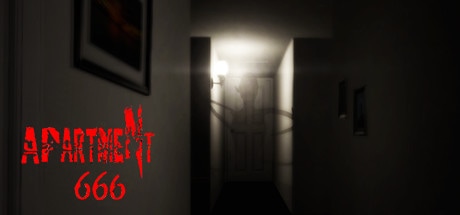
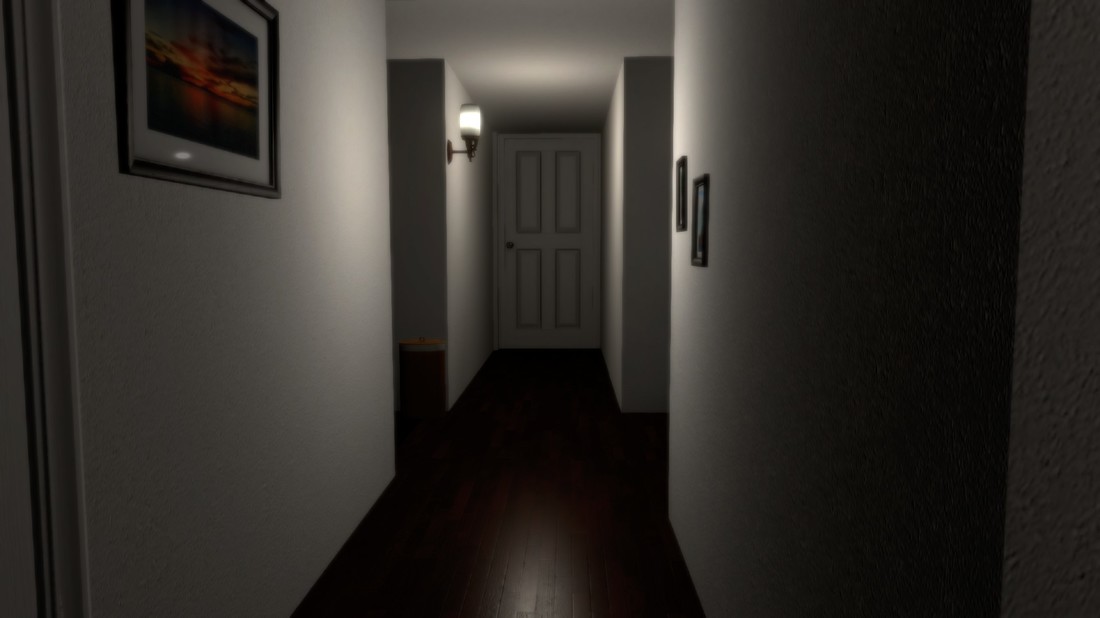
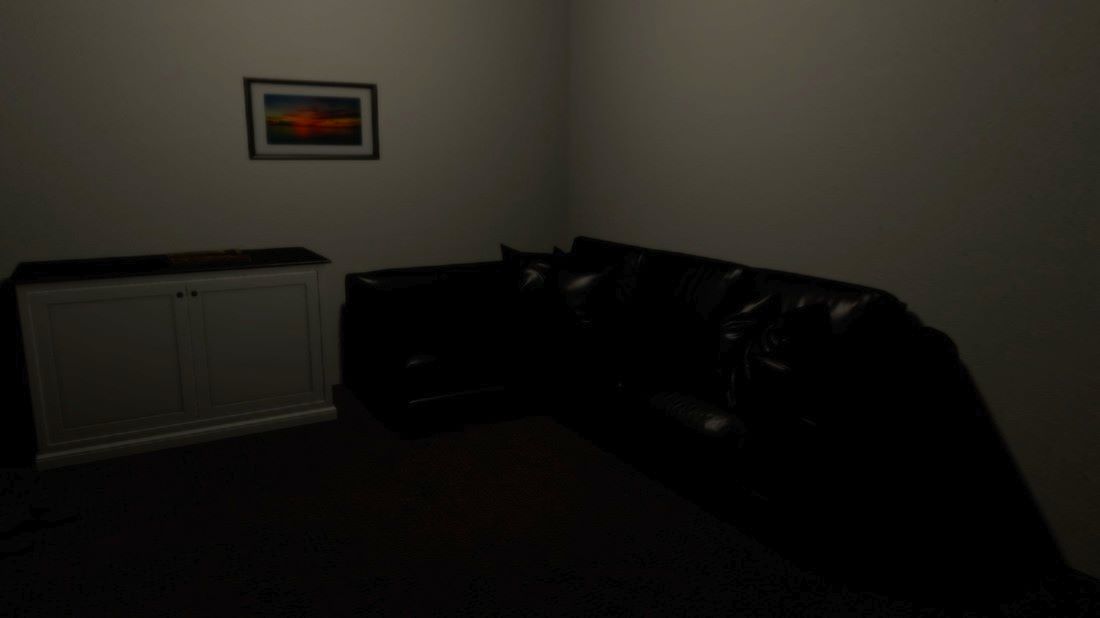
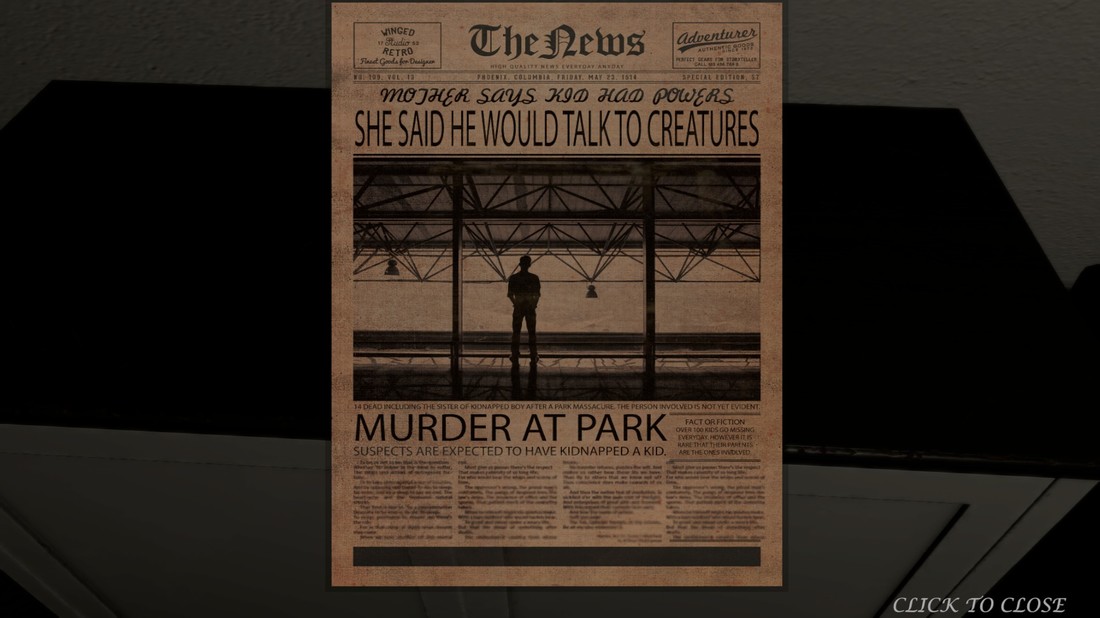
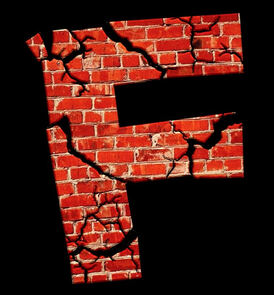
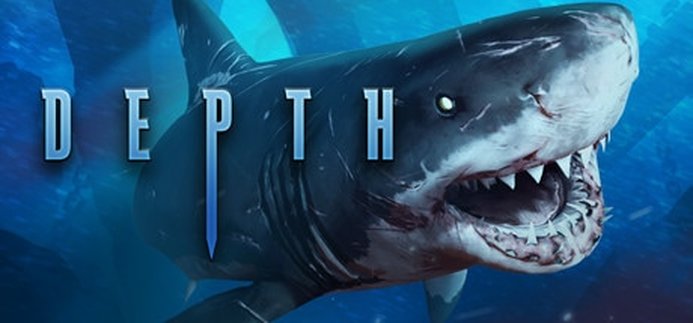
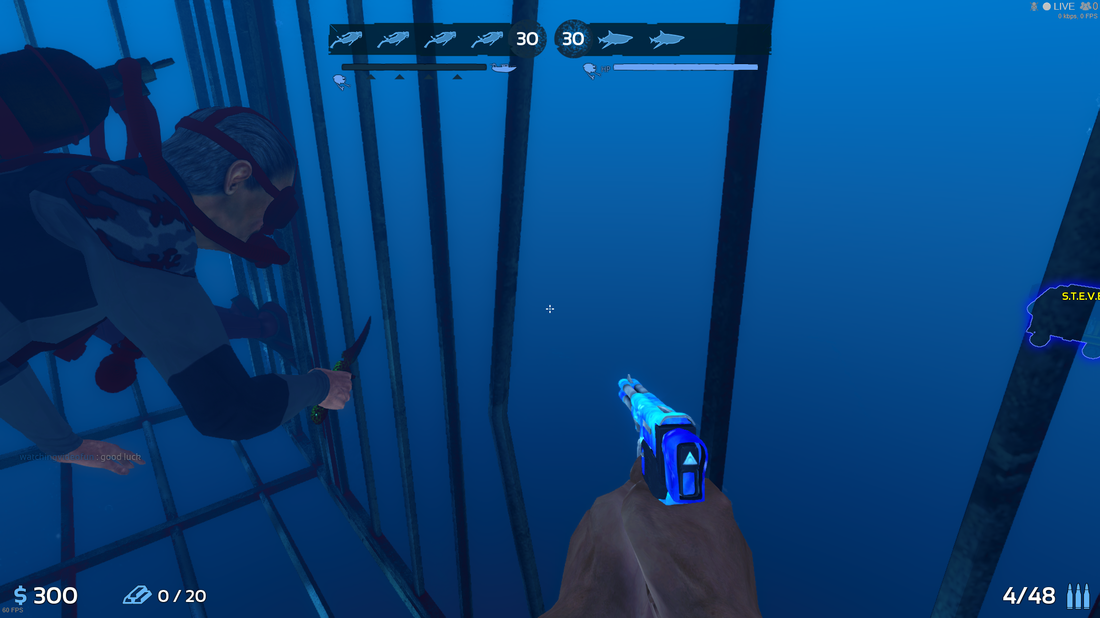
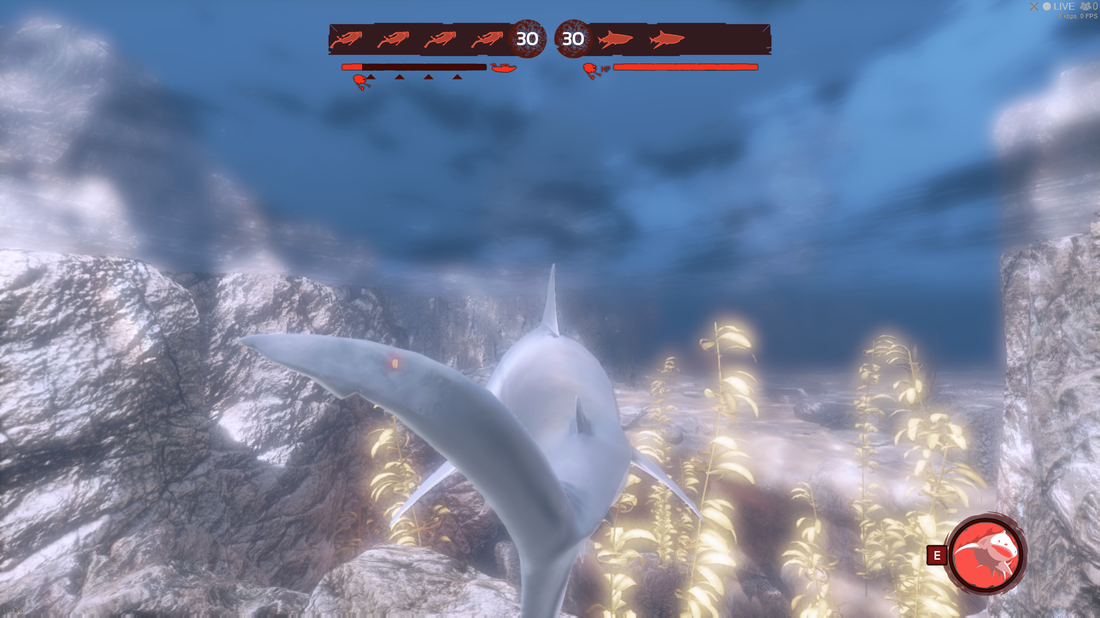
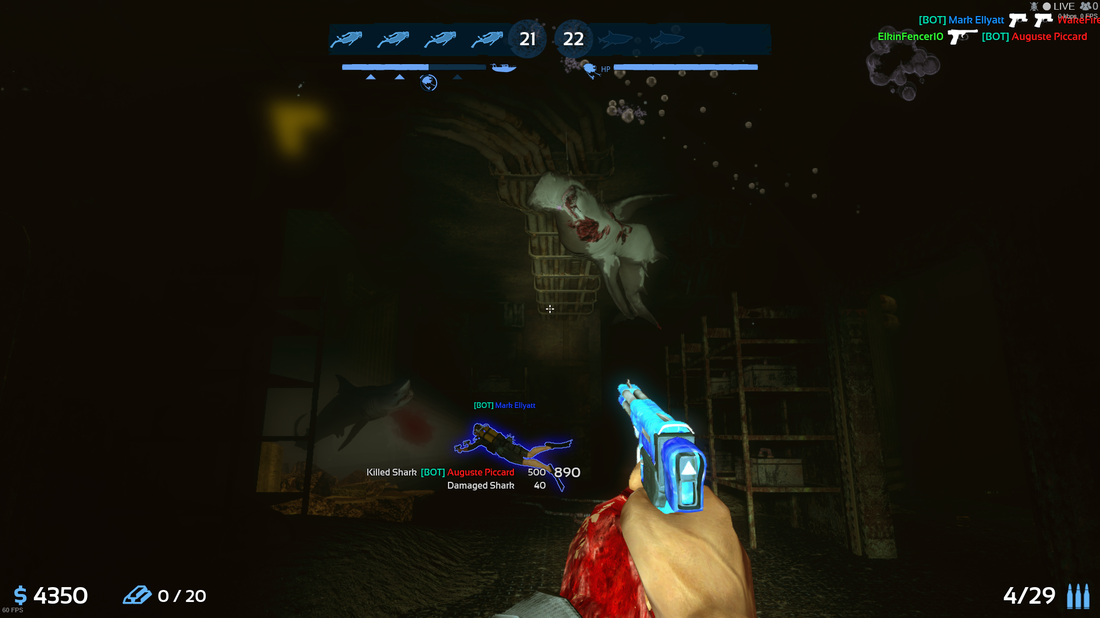
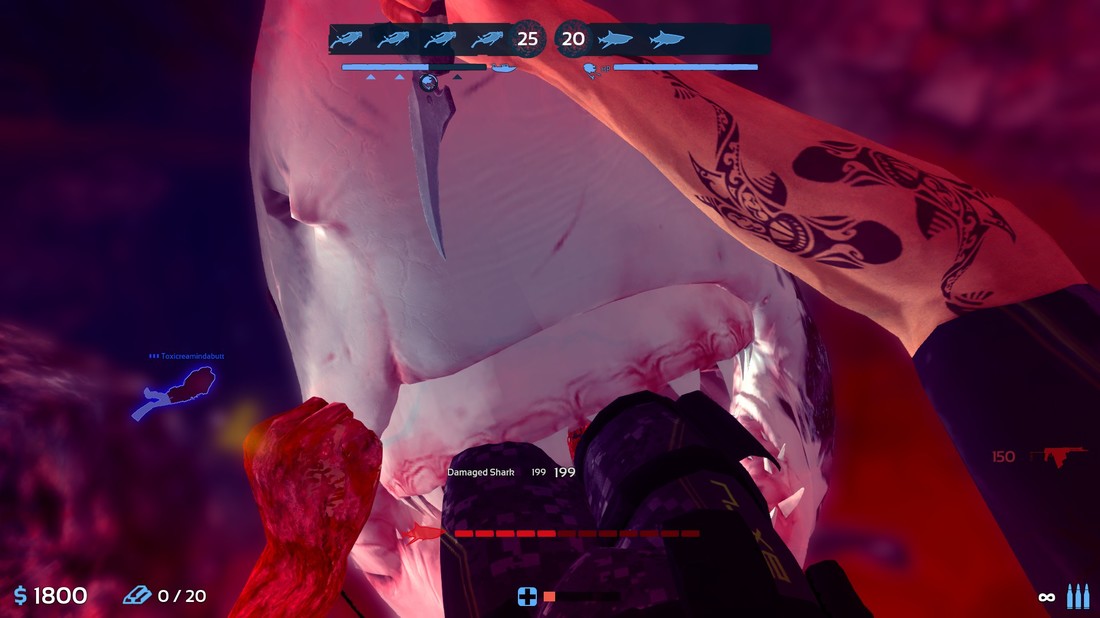

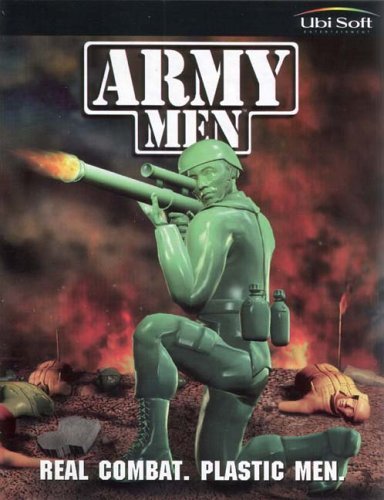
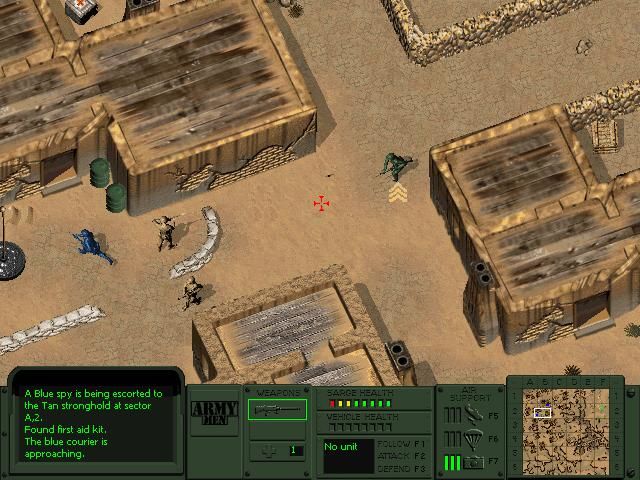
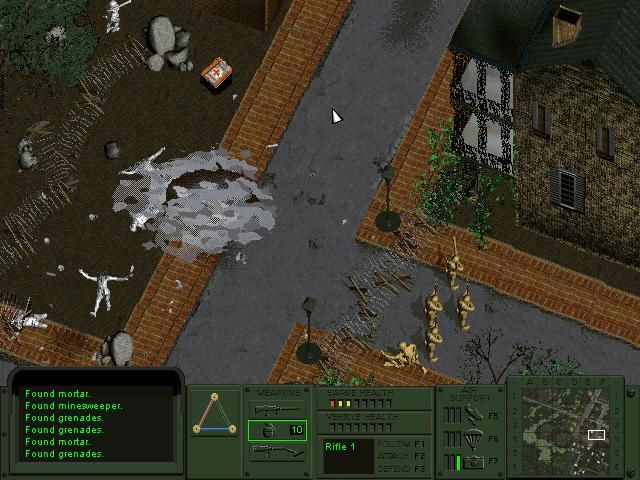


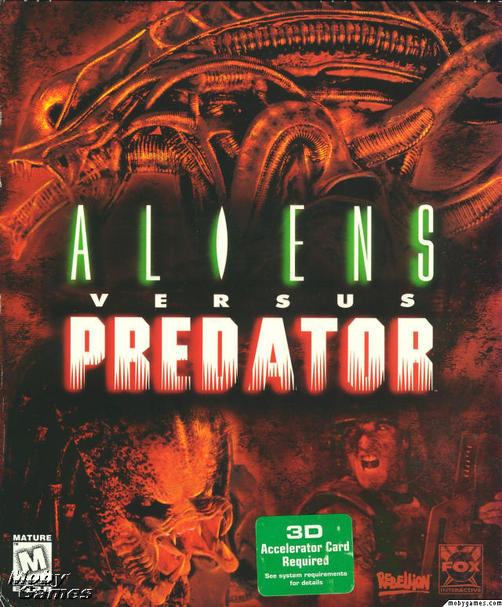

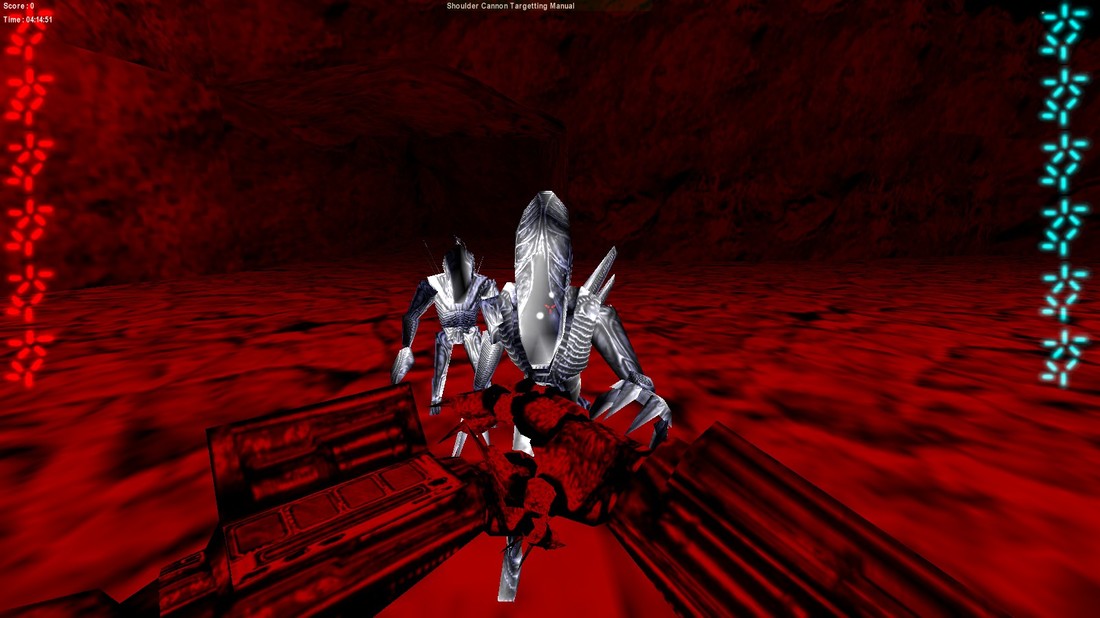
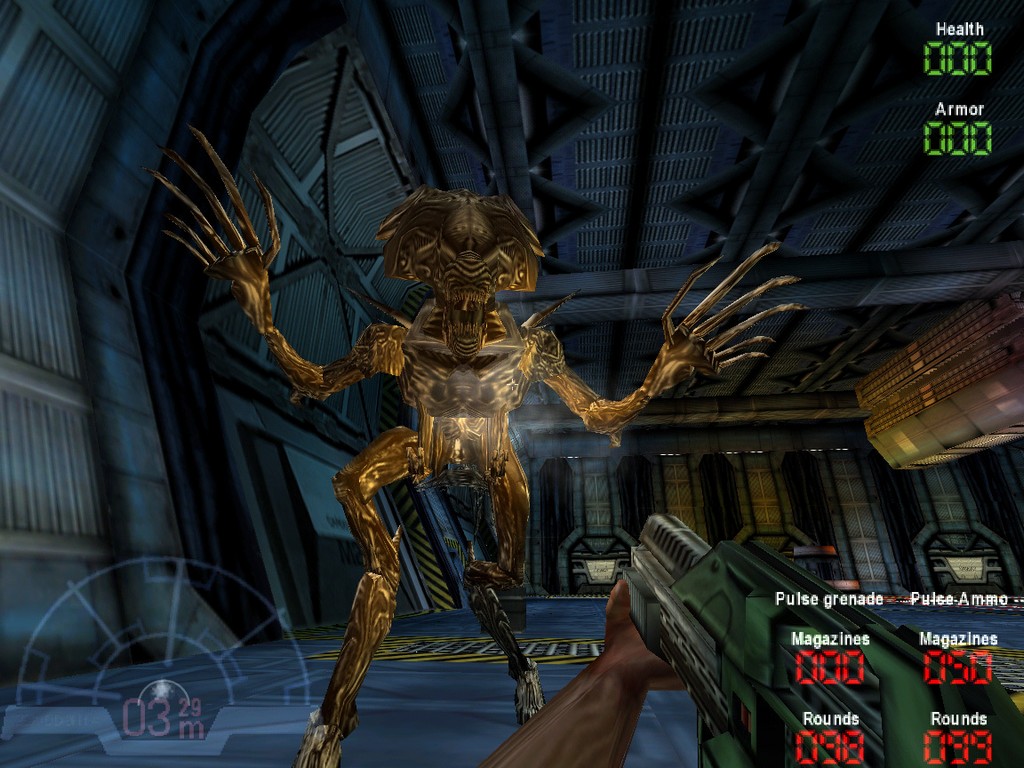
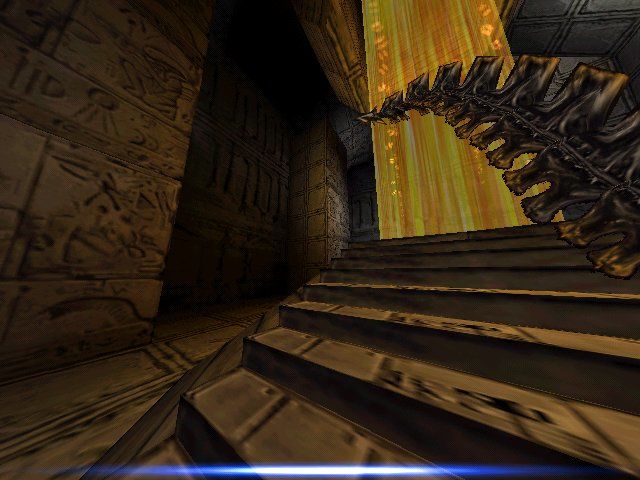
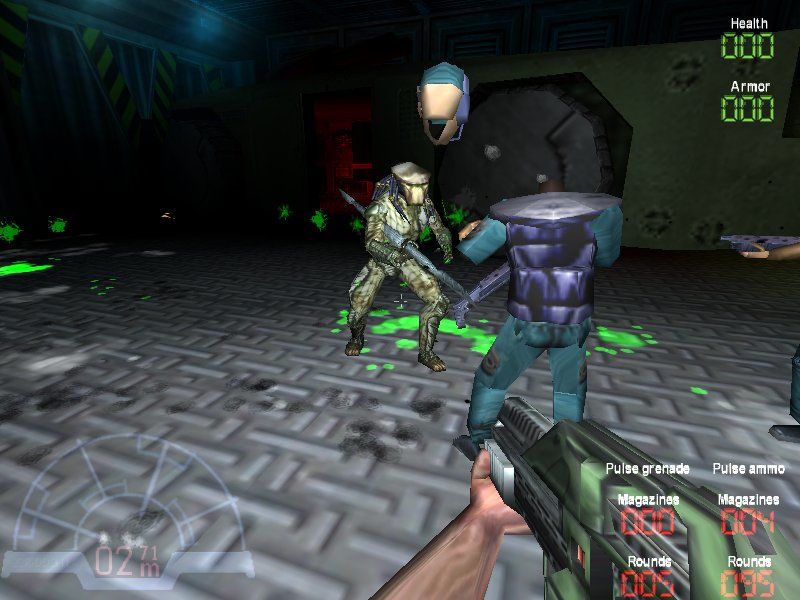

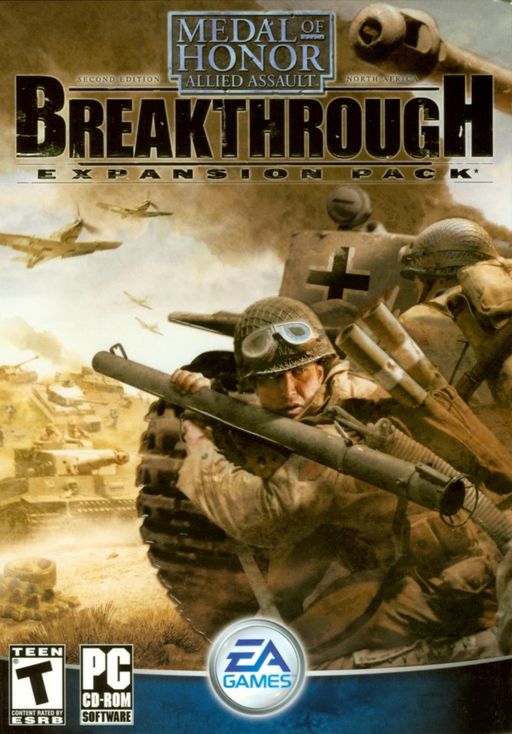
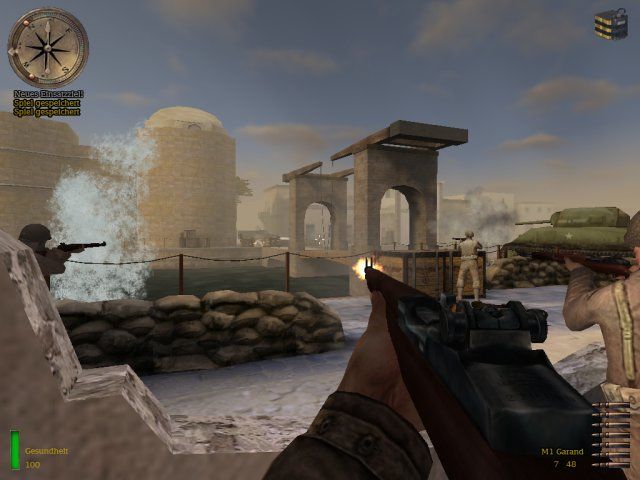
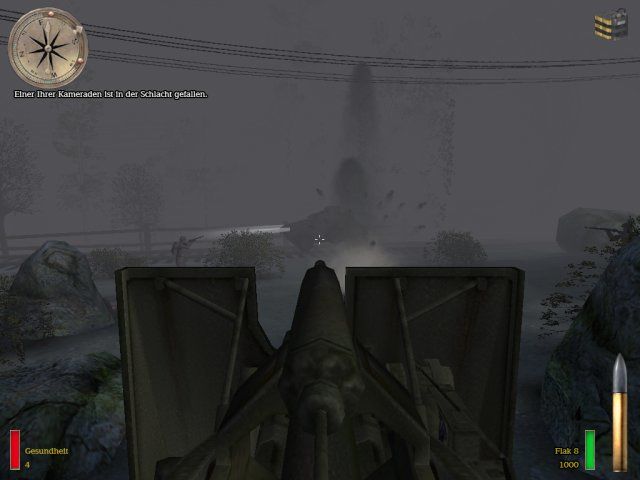
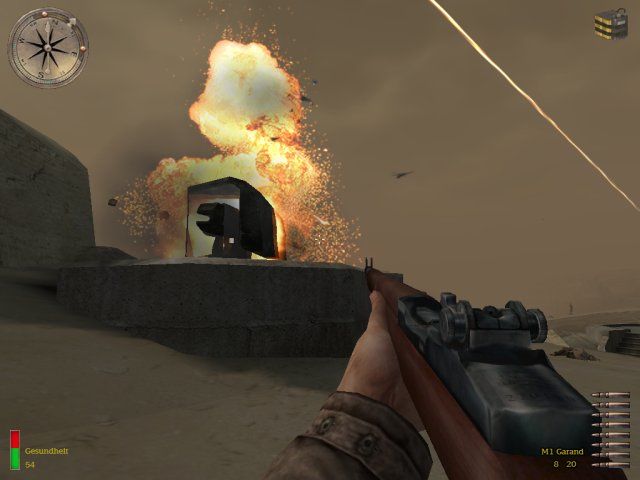

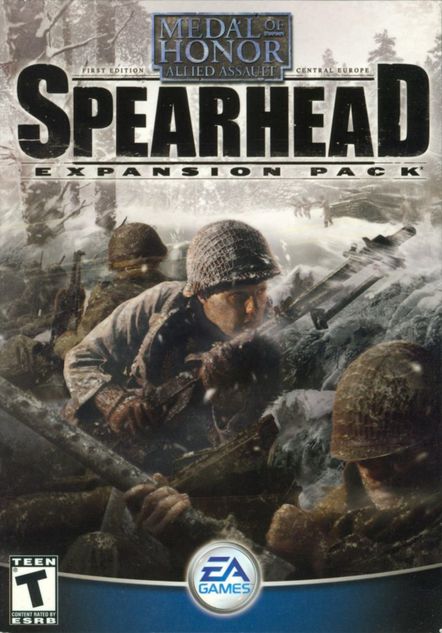
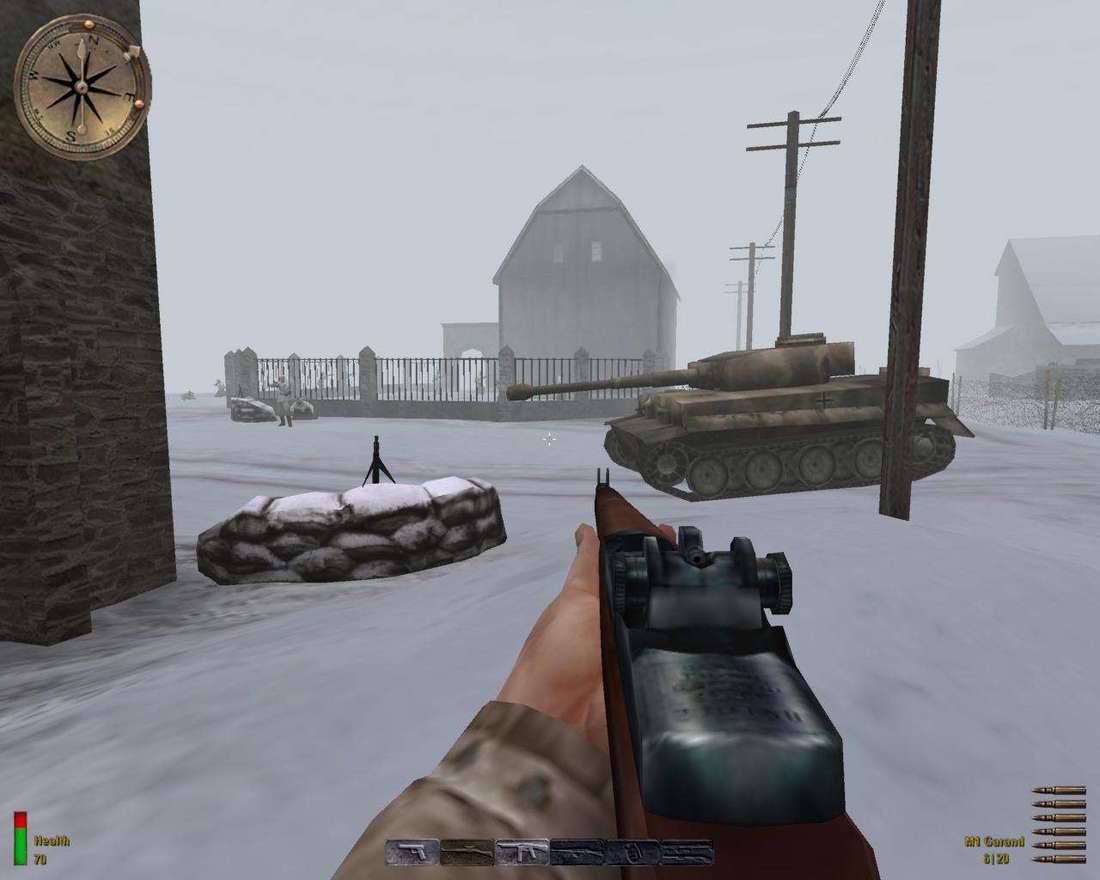
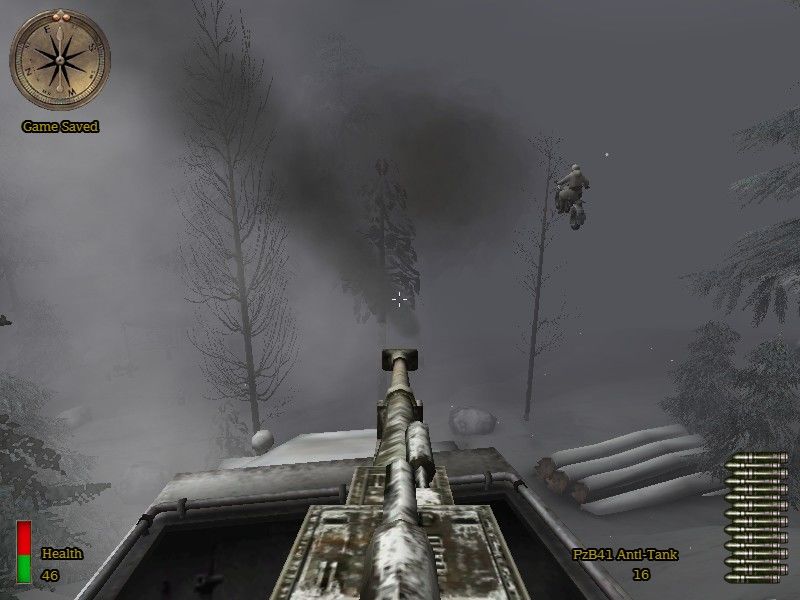
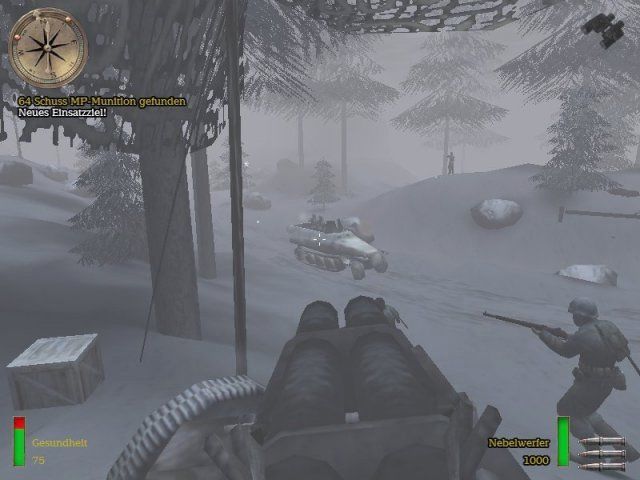

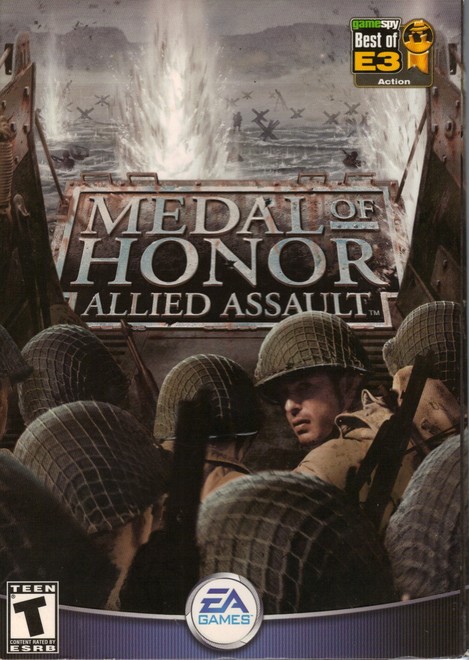
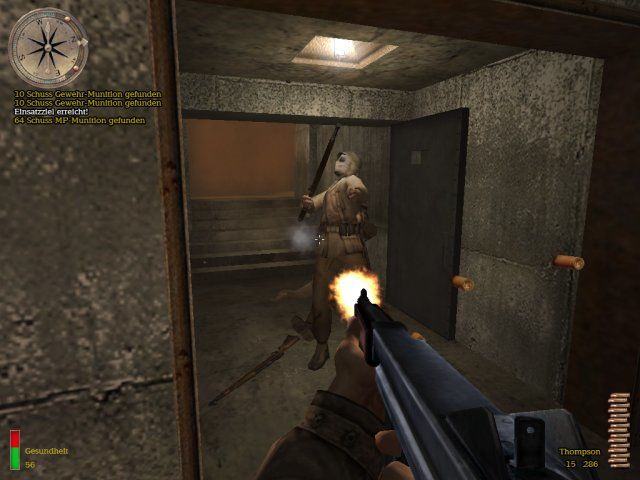
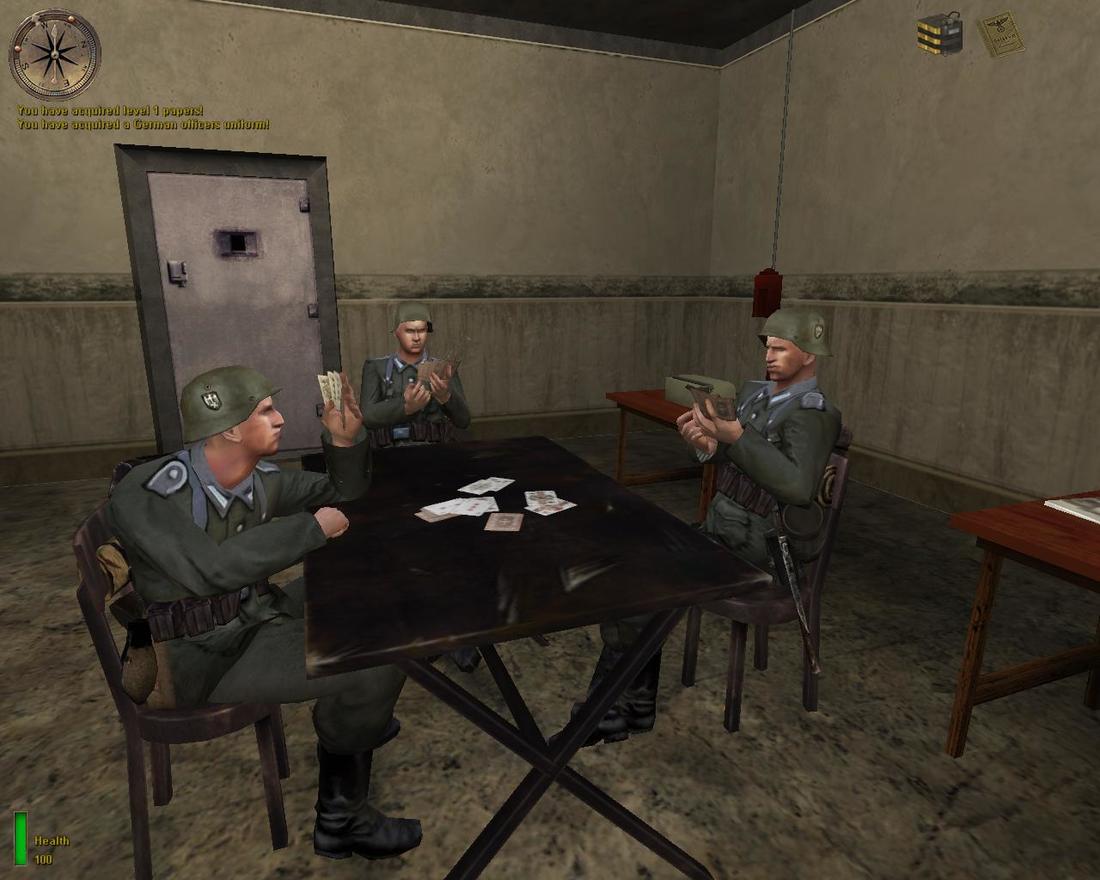
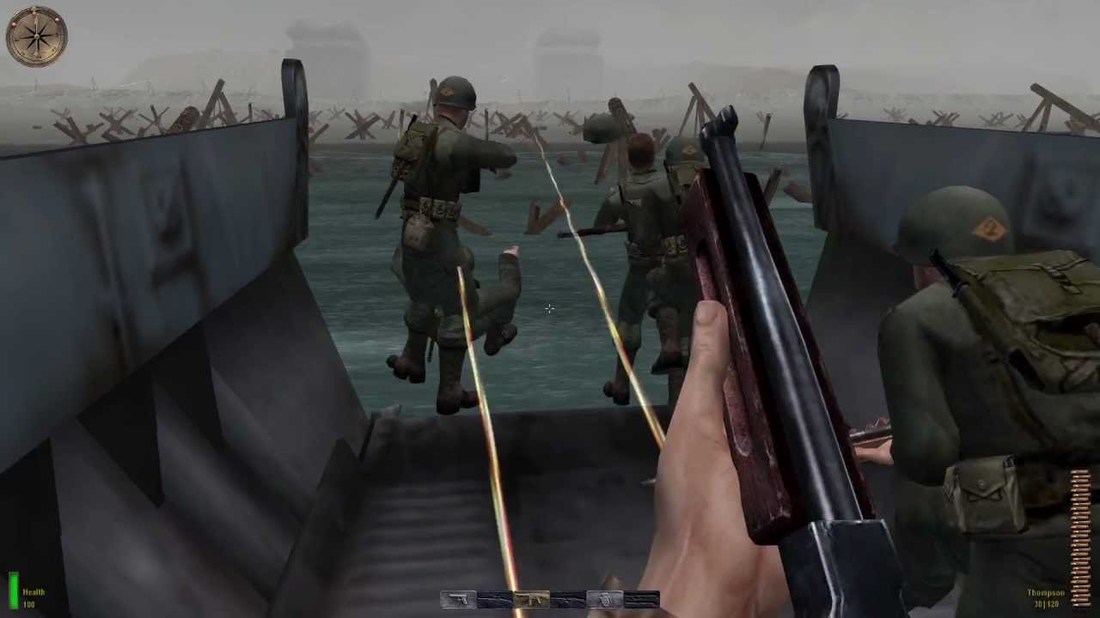
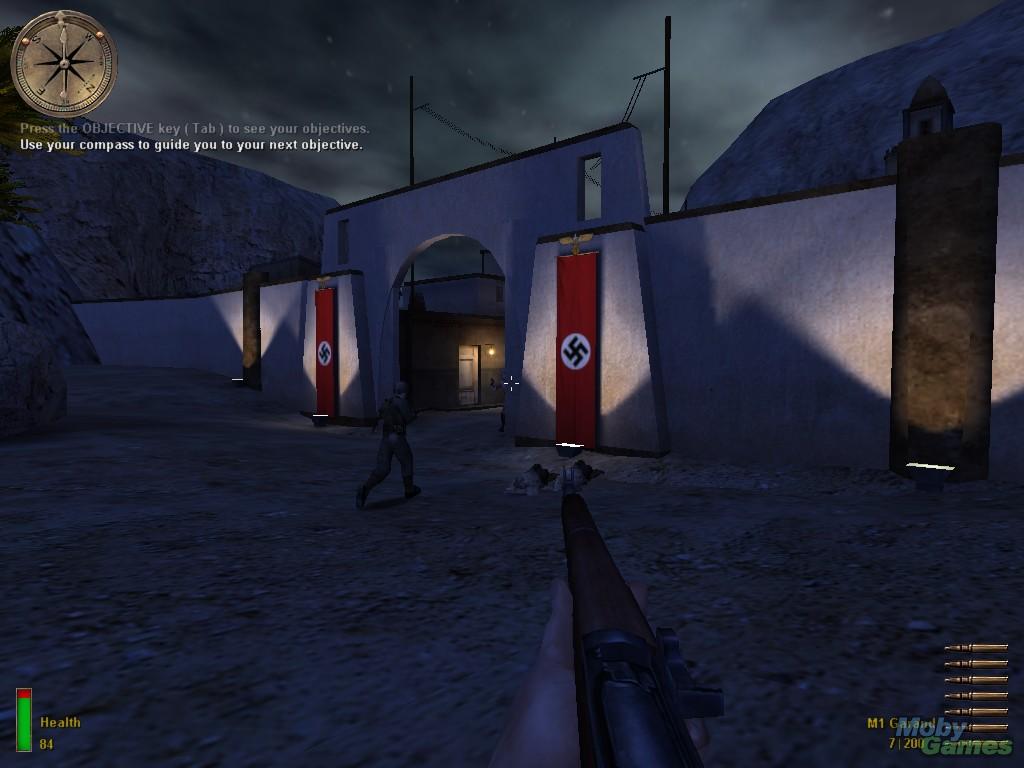

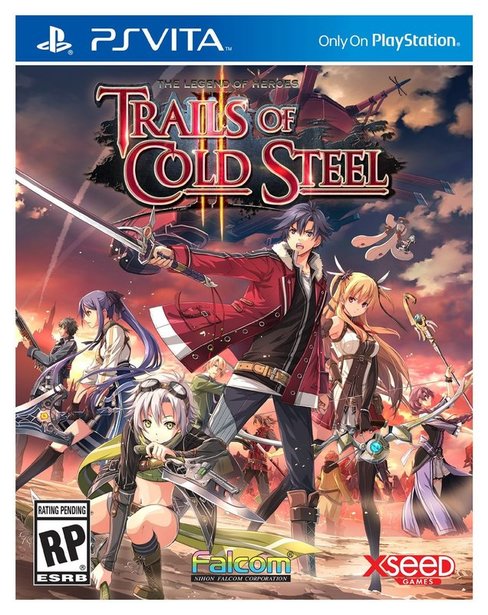
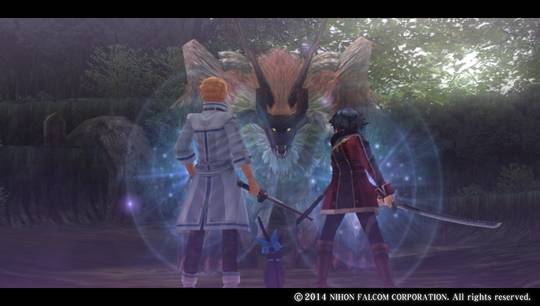
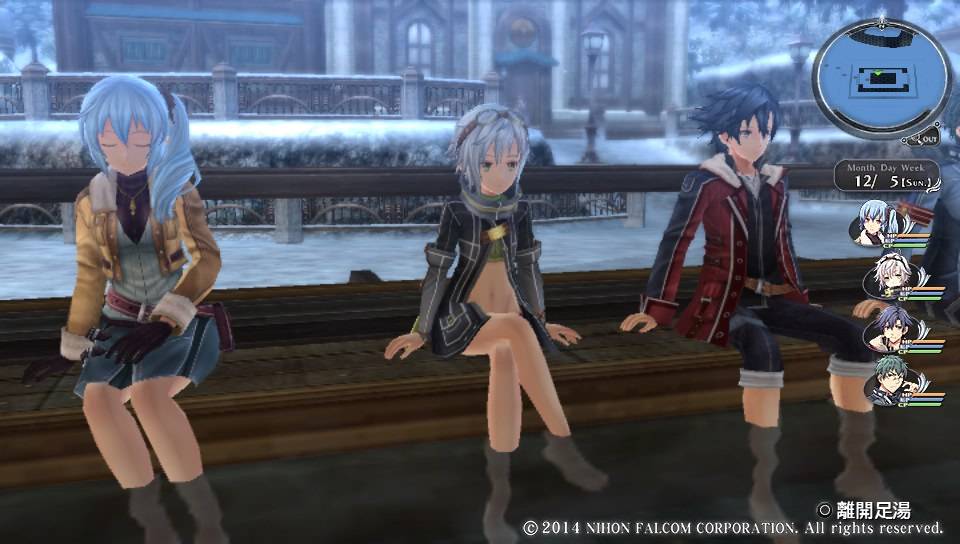
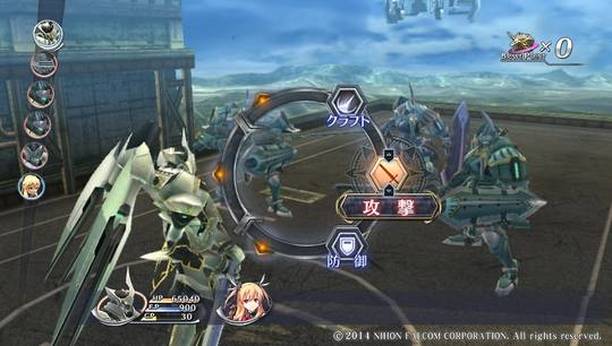
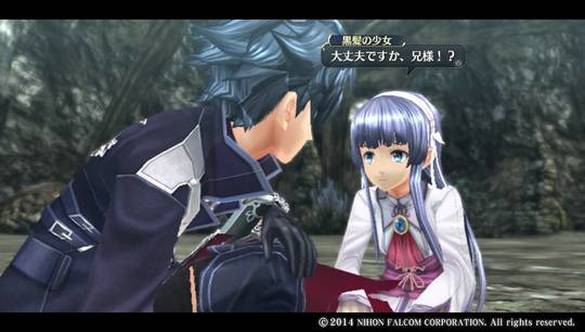

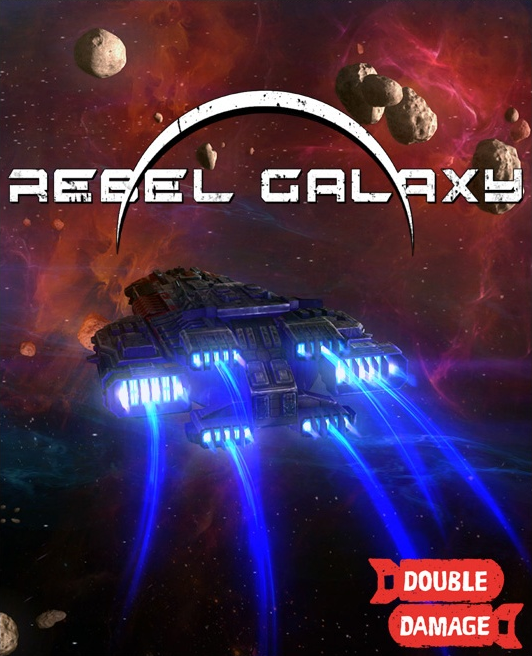
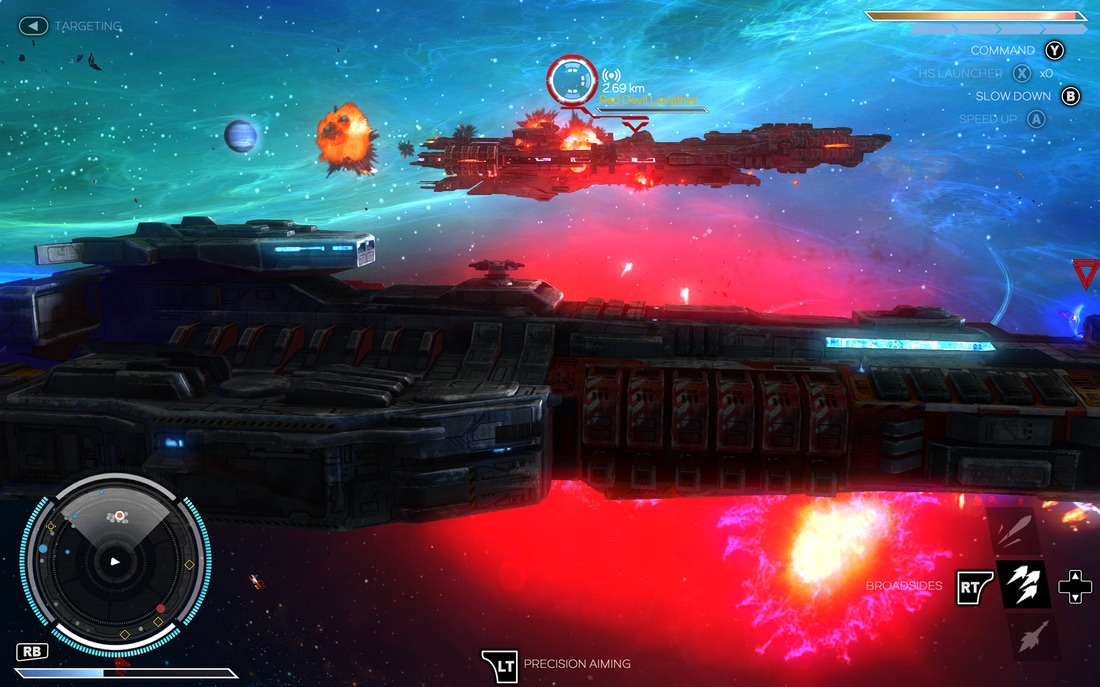
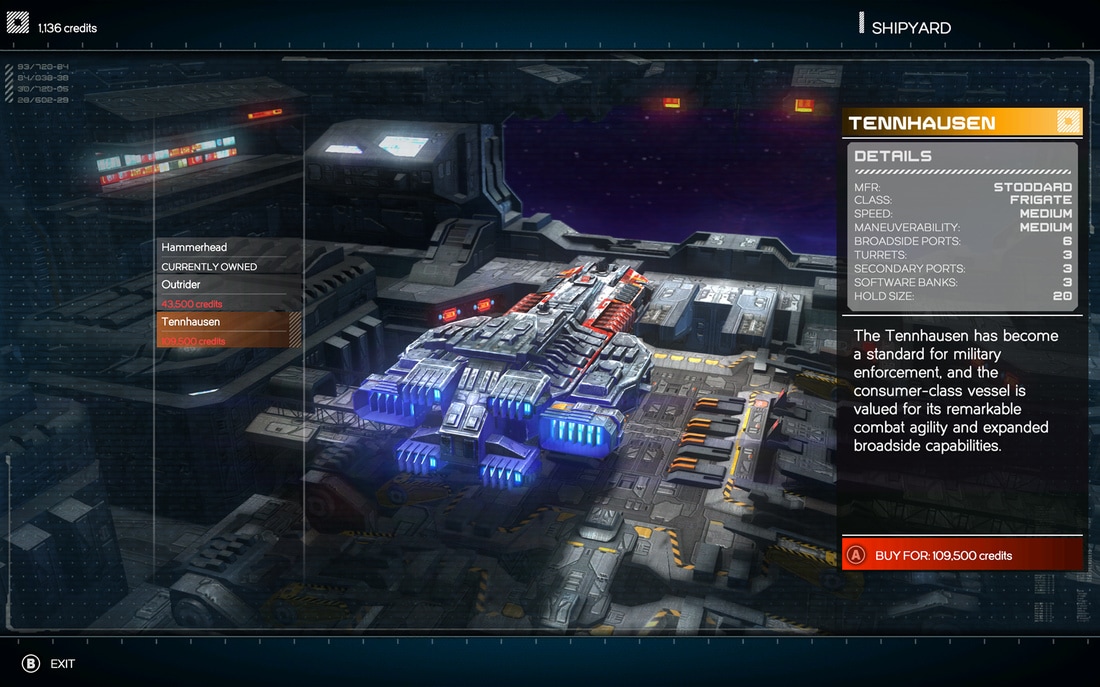
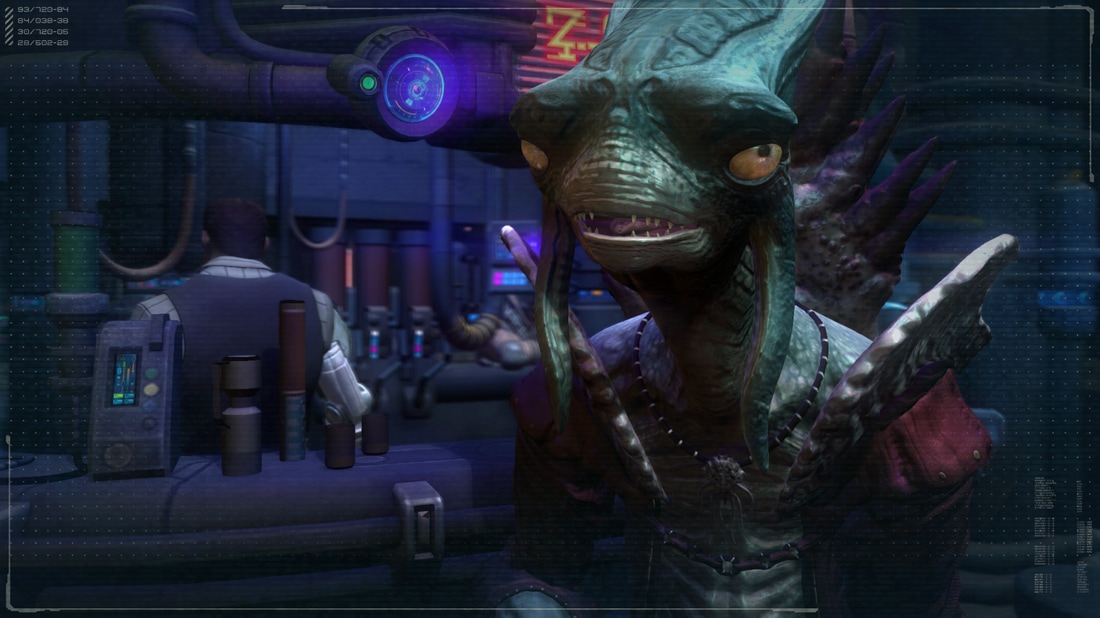
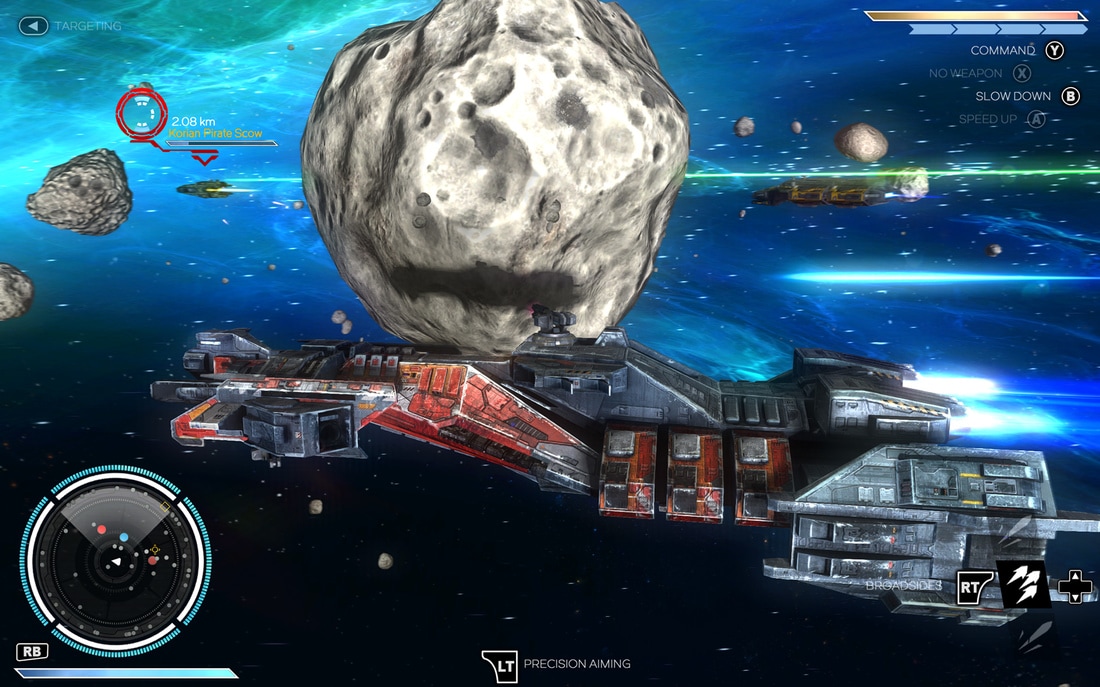

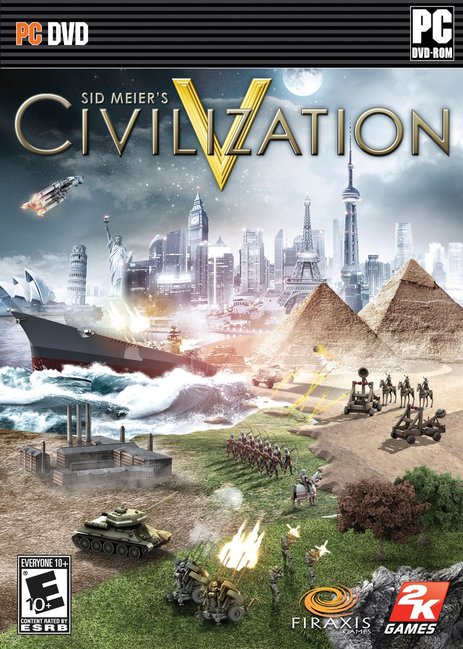
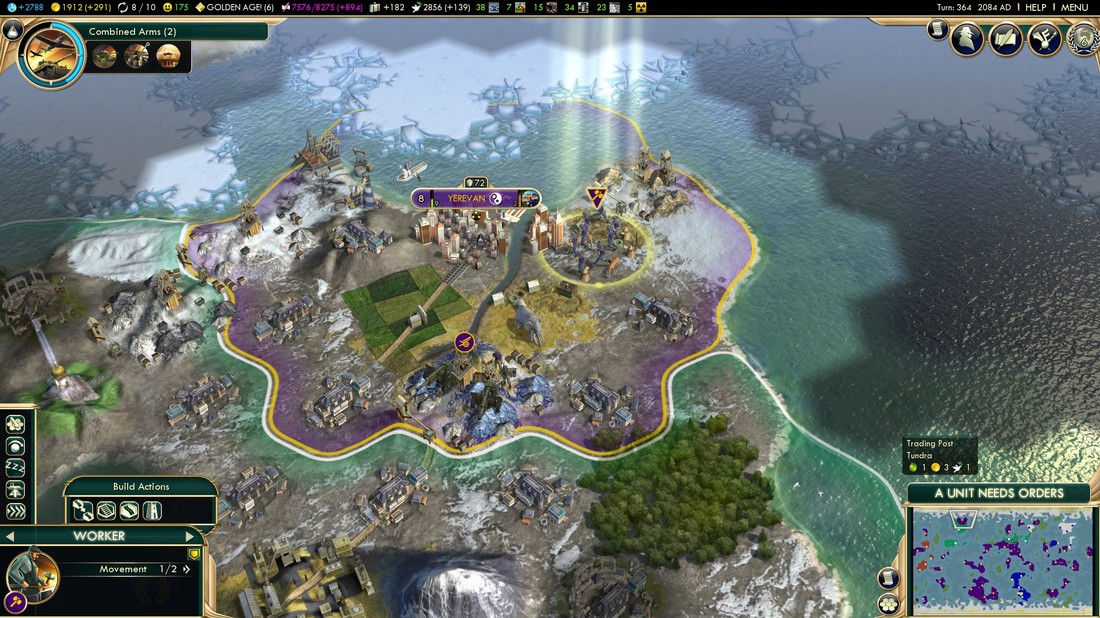
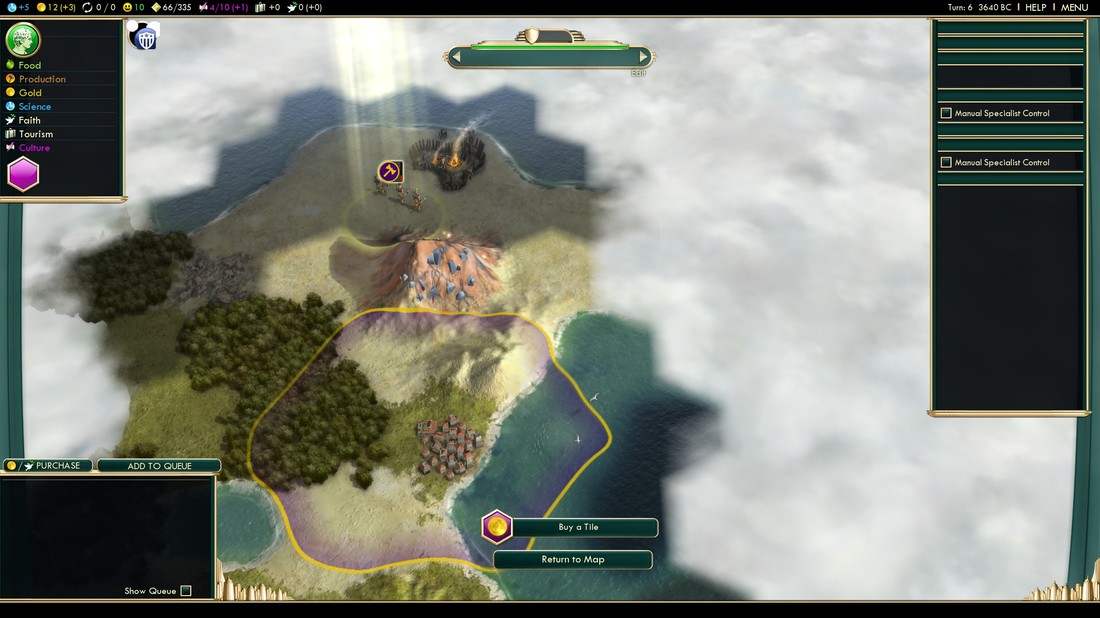
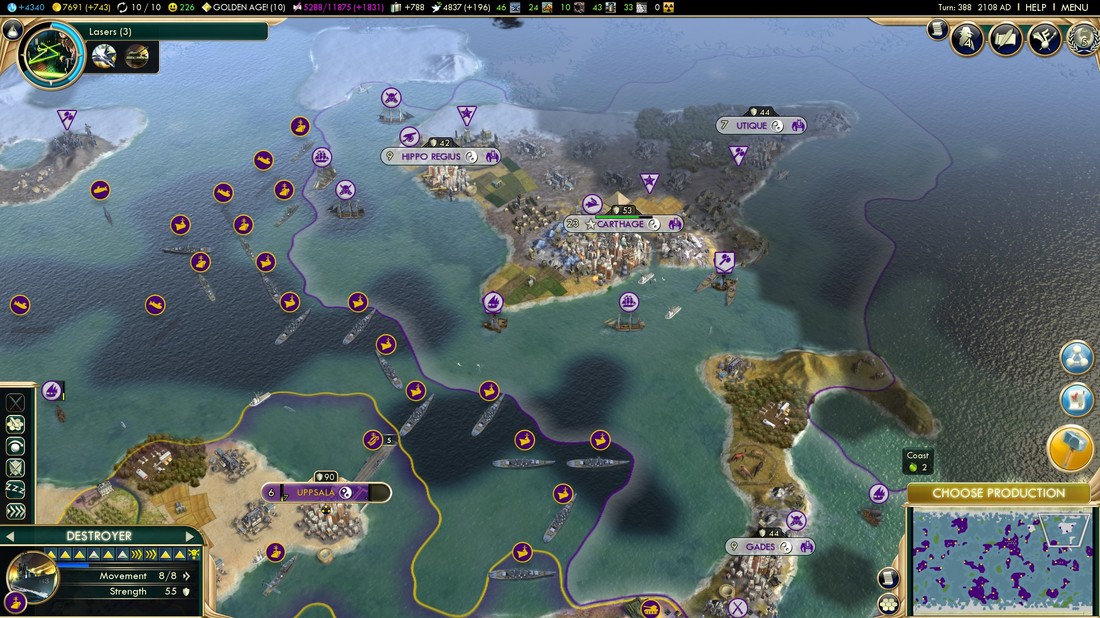
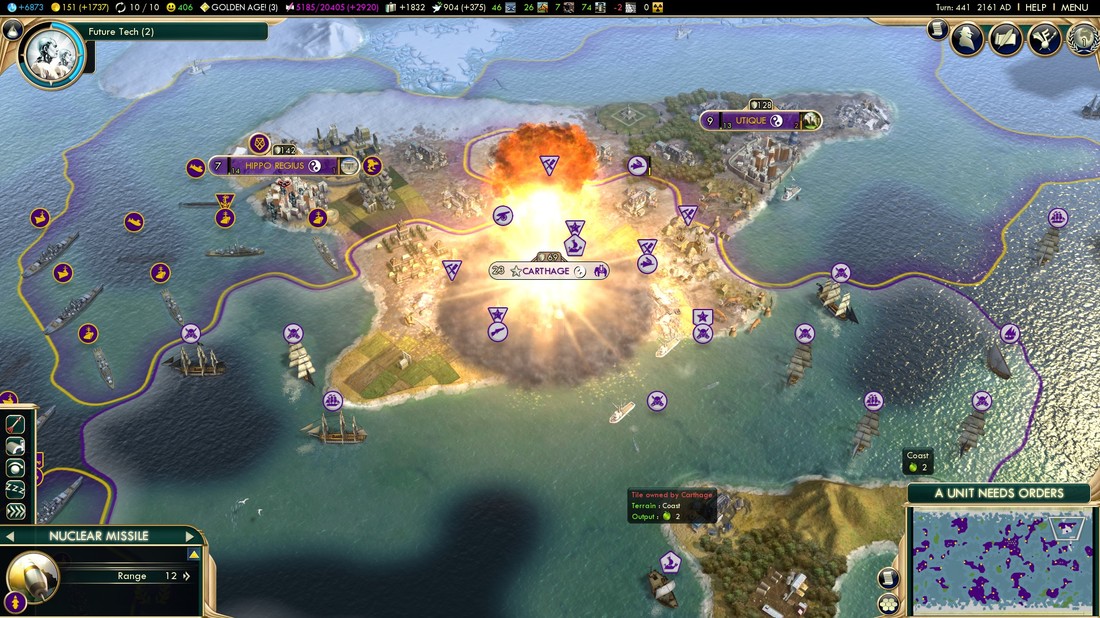

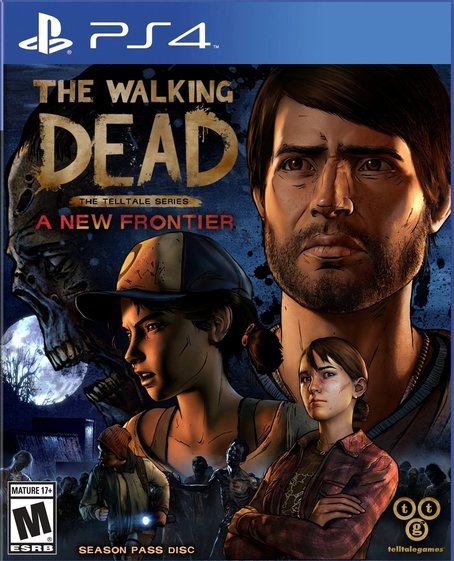
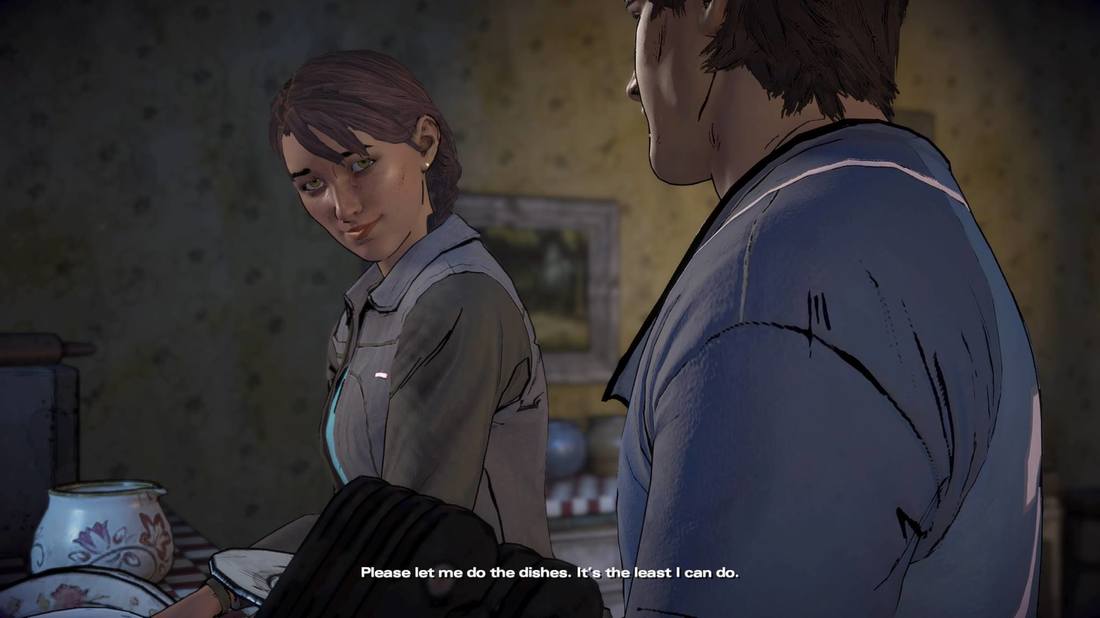
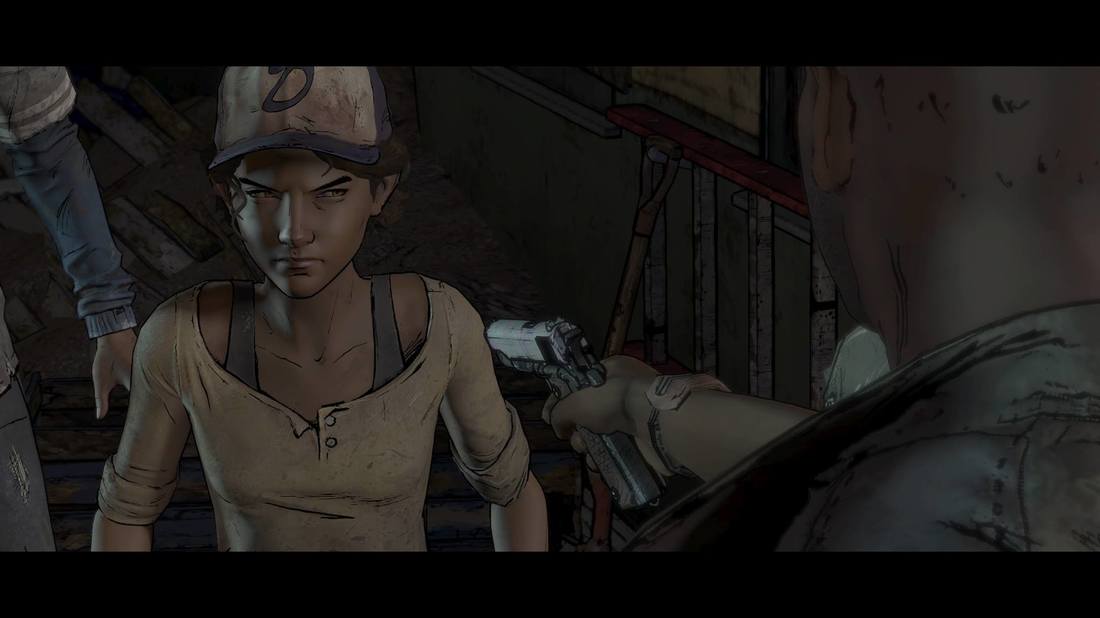
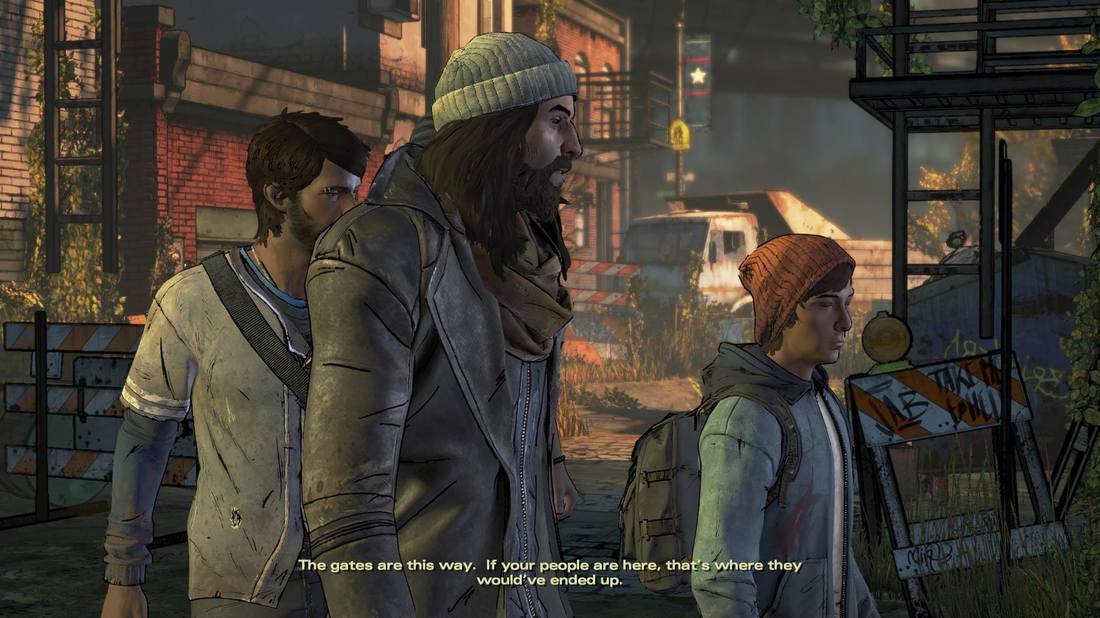
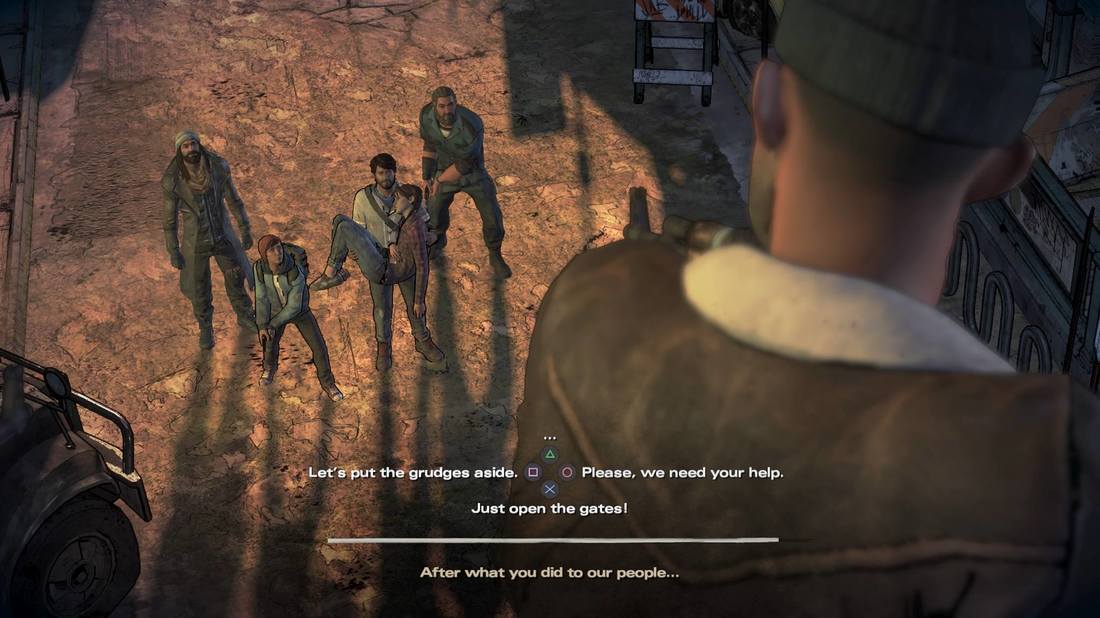

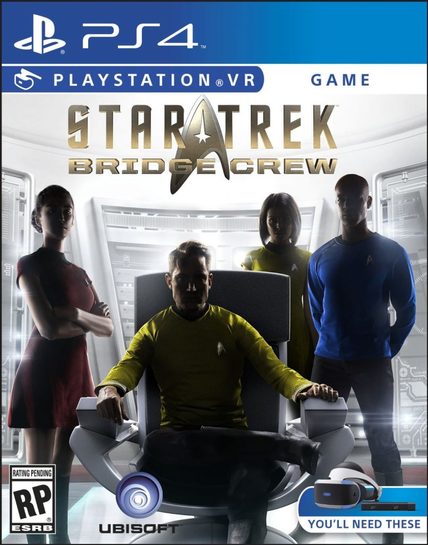
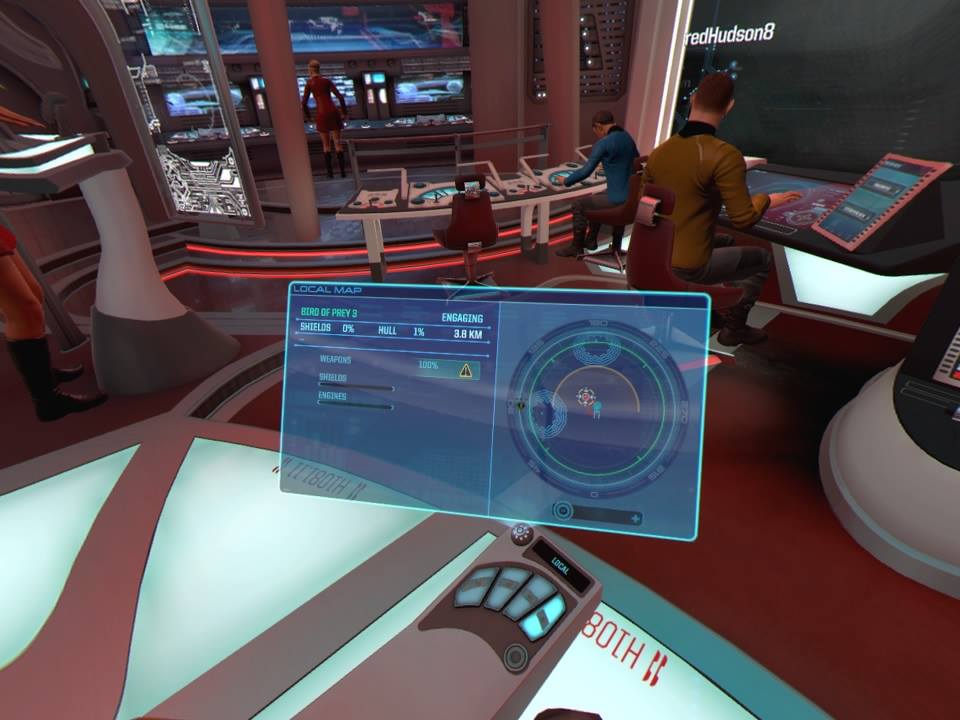
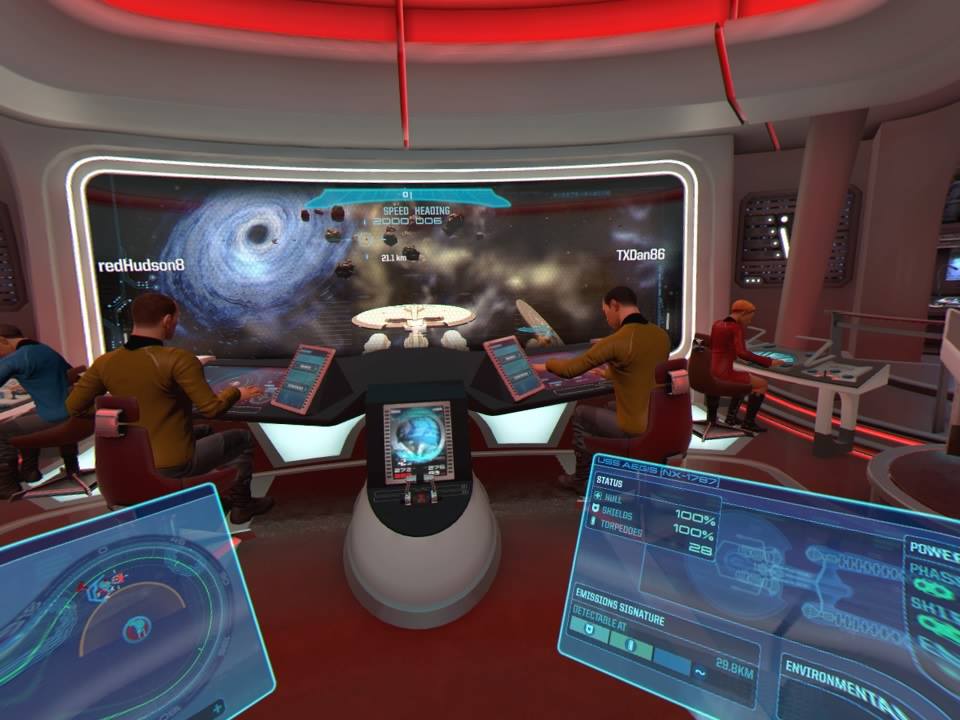
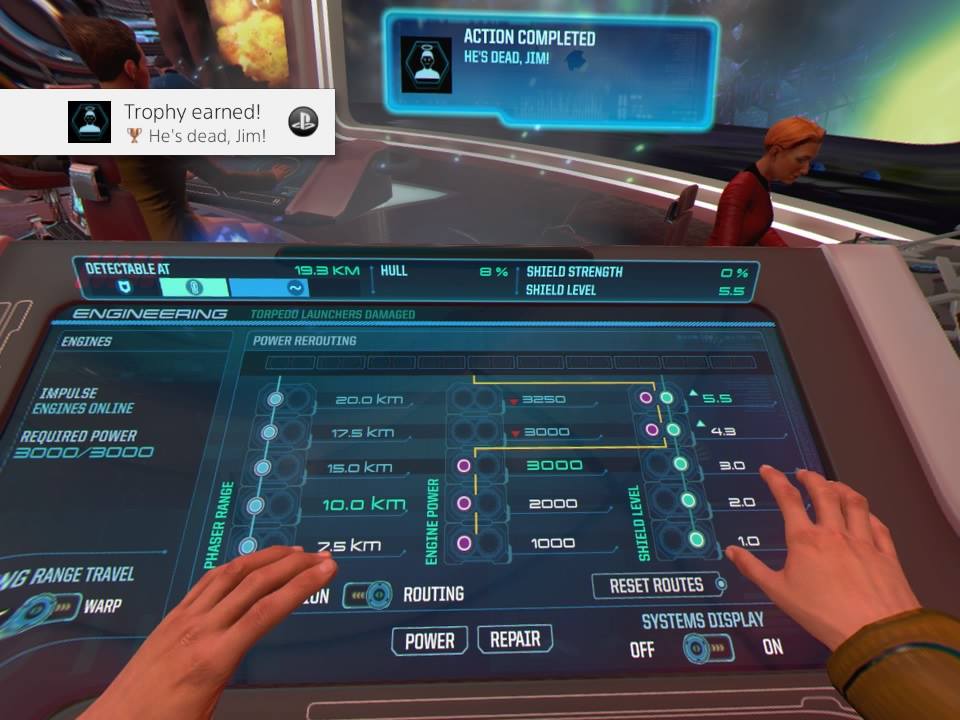
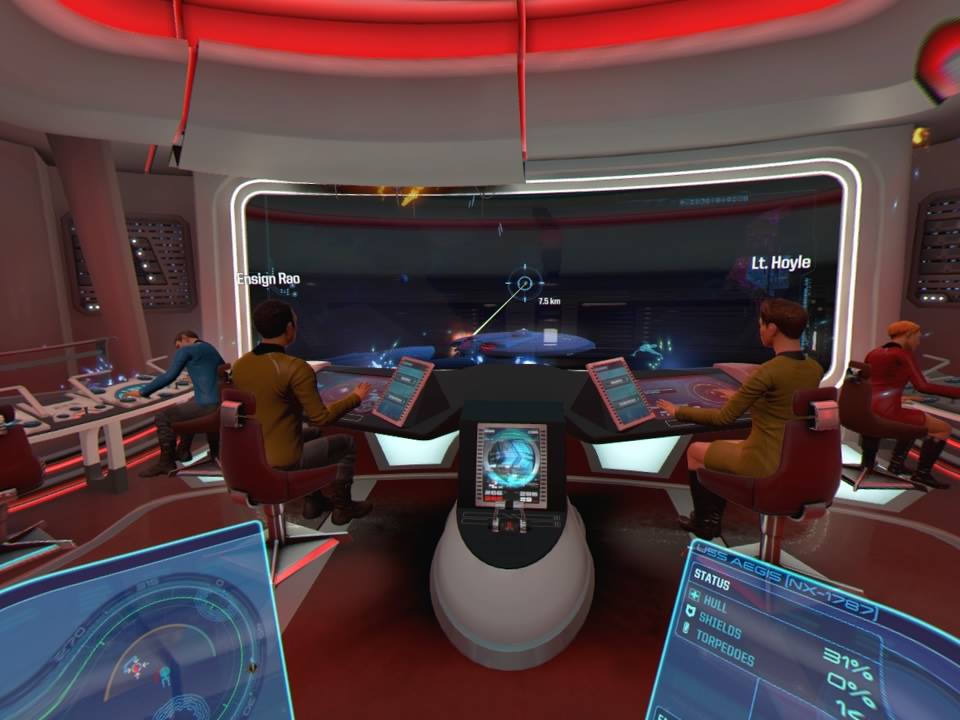

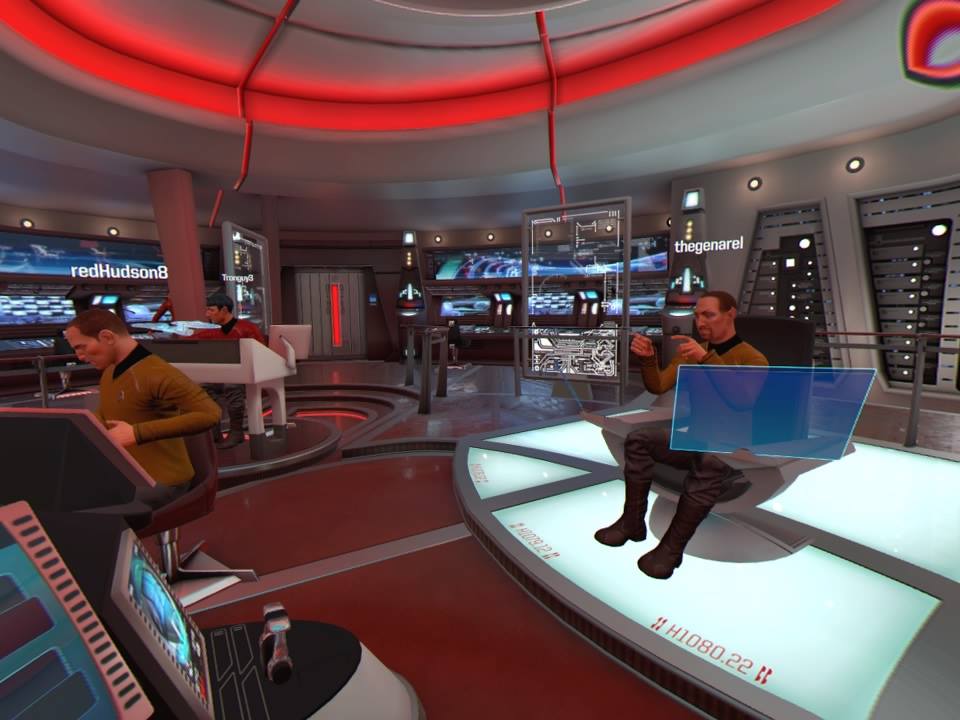

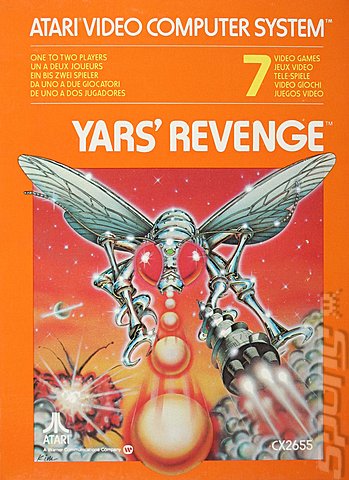
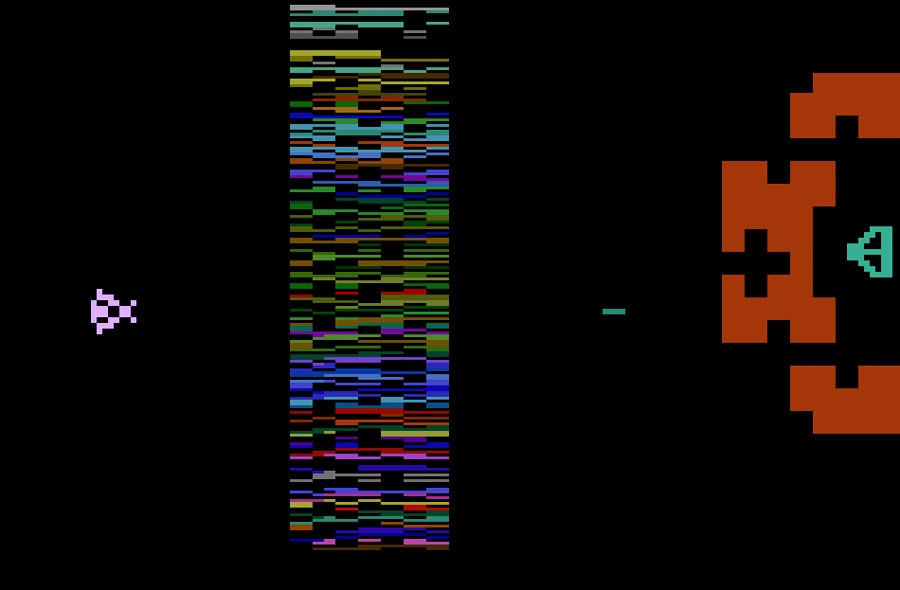
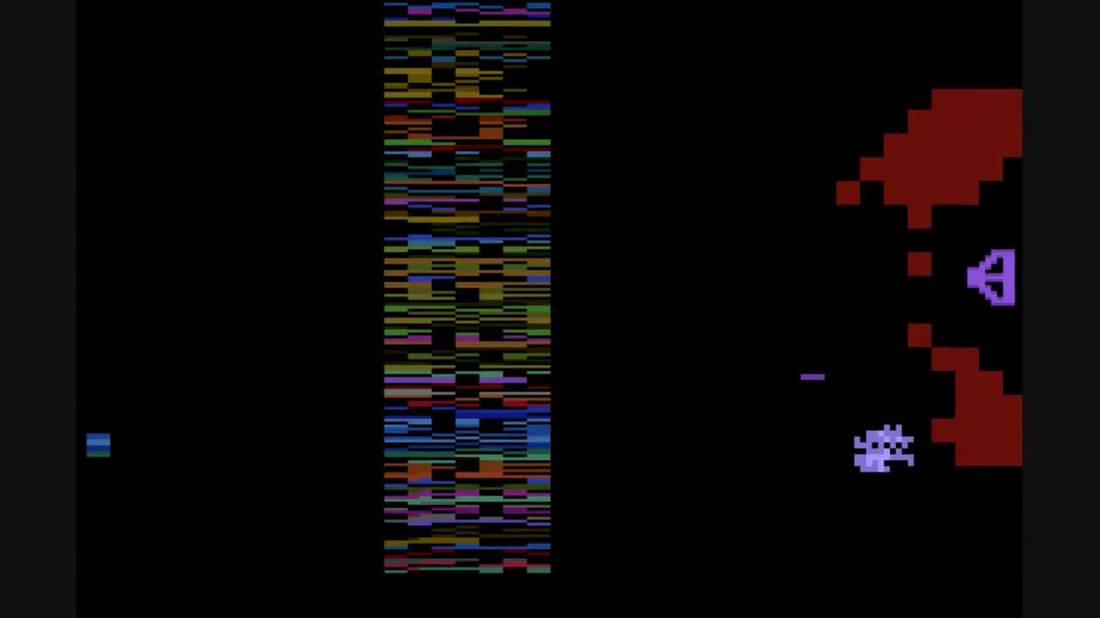
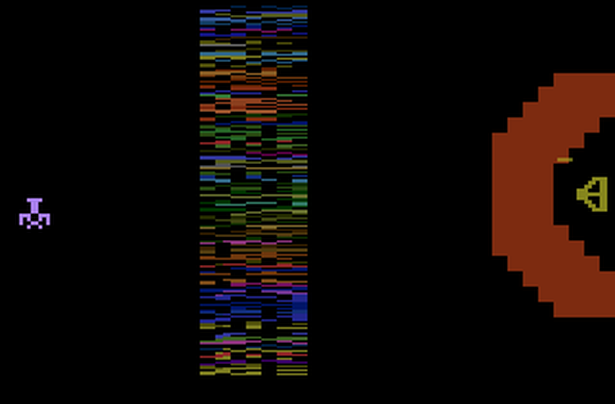

 RSS Feed
RSS Feed
